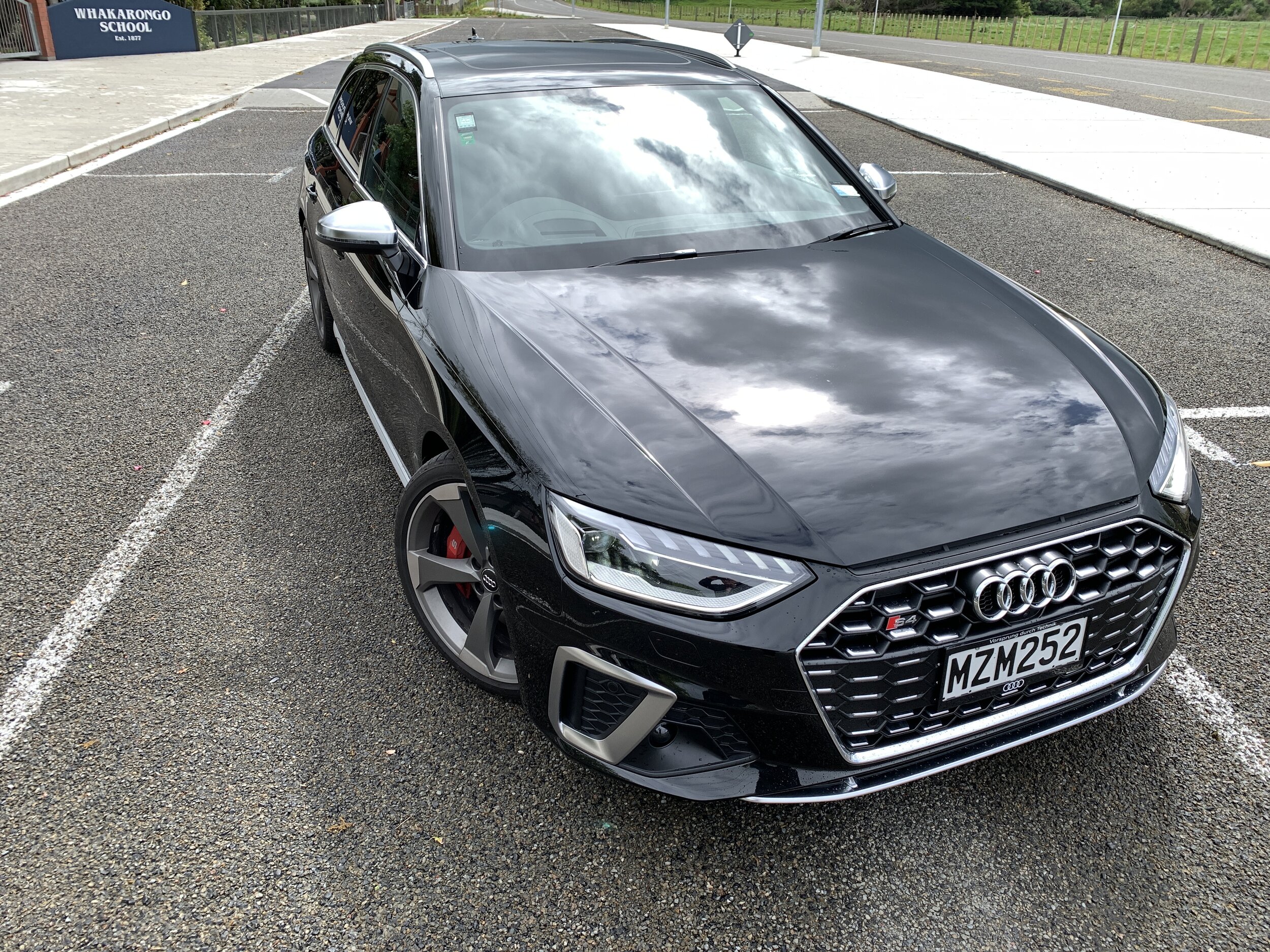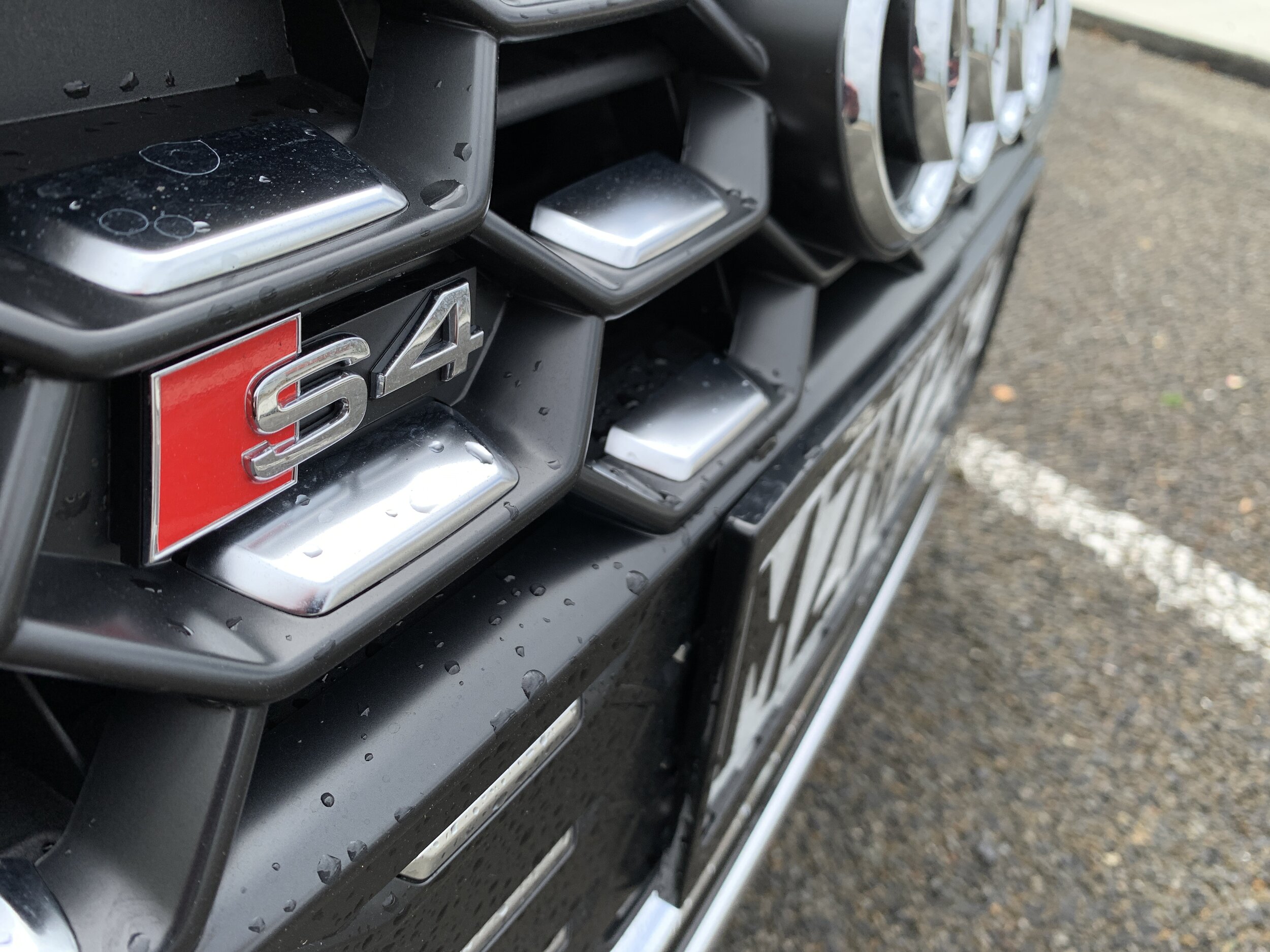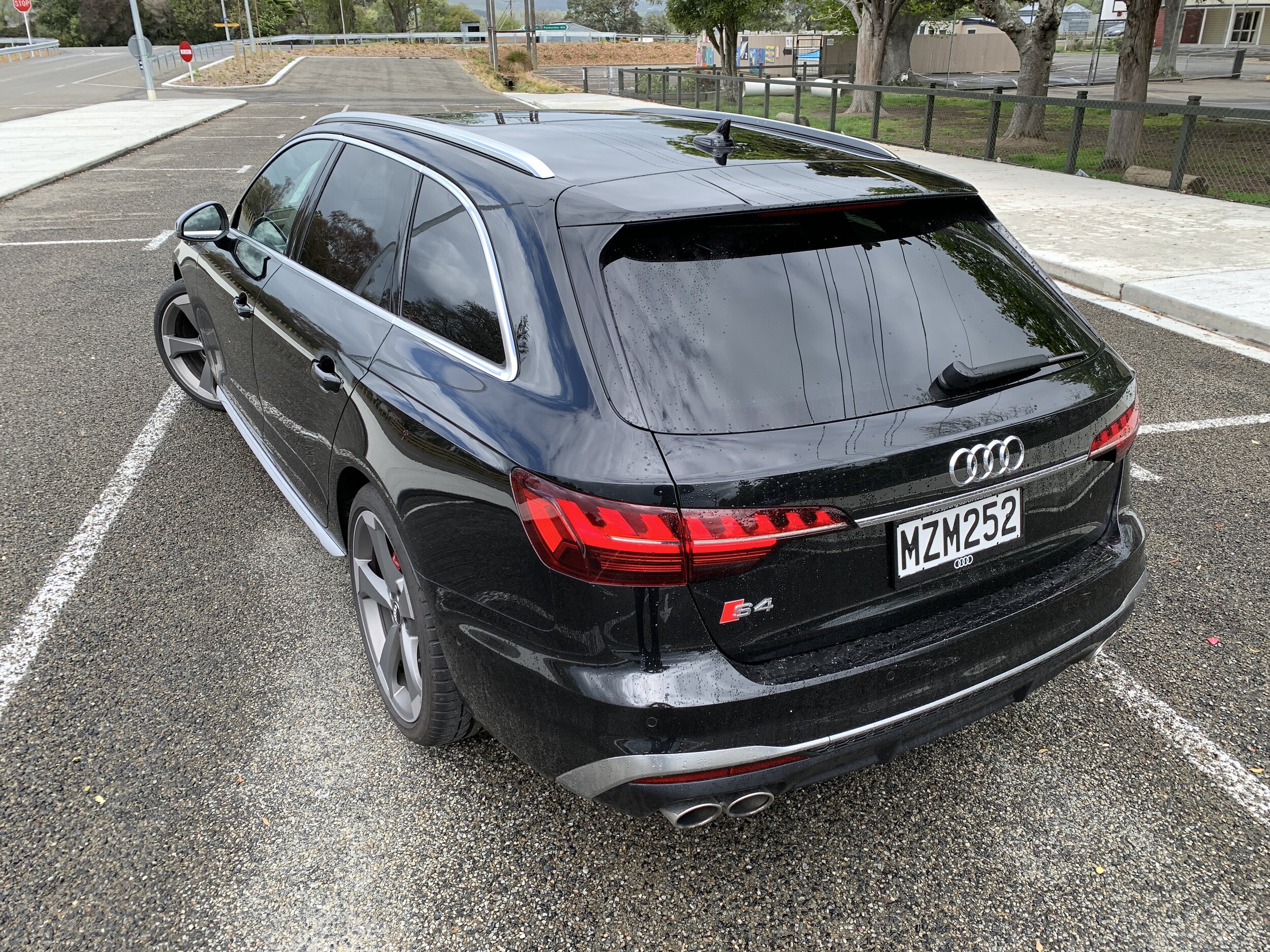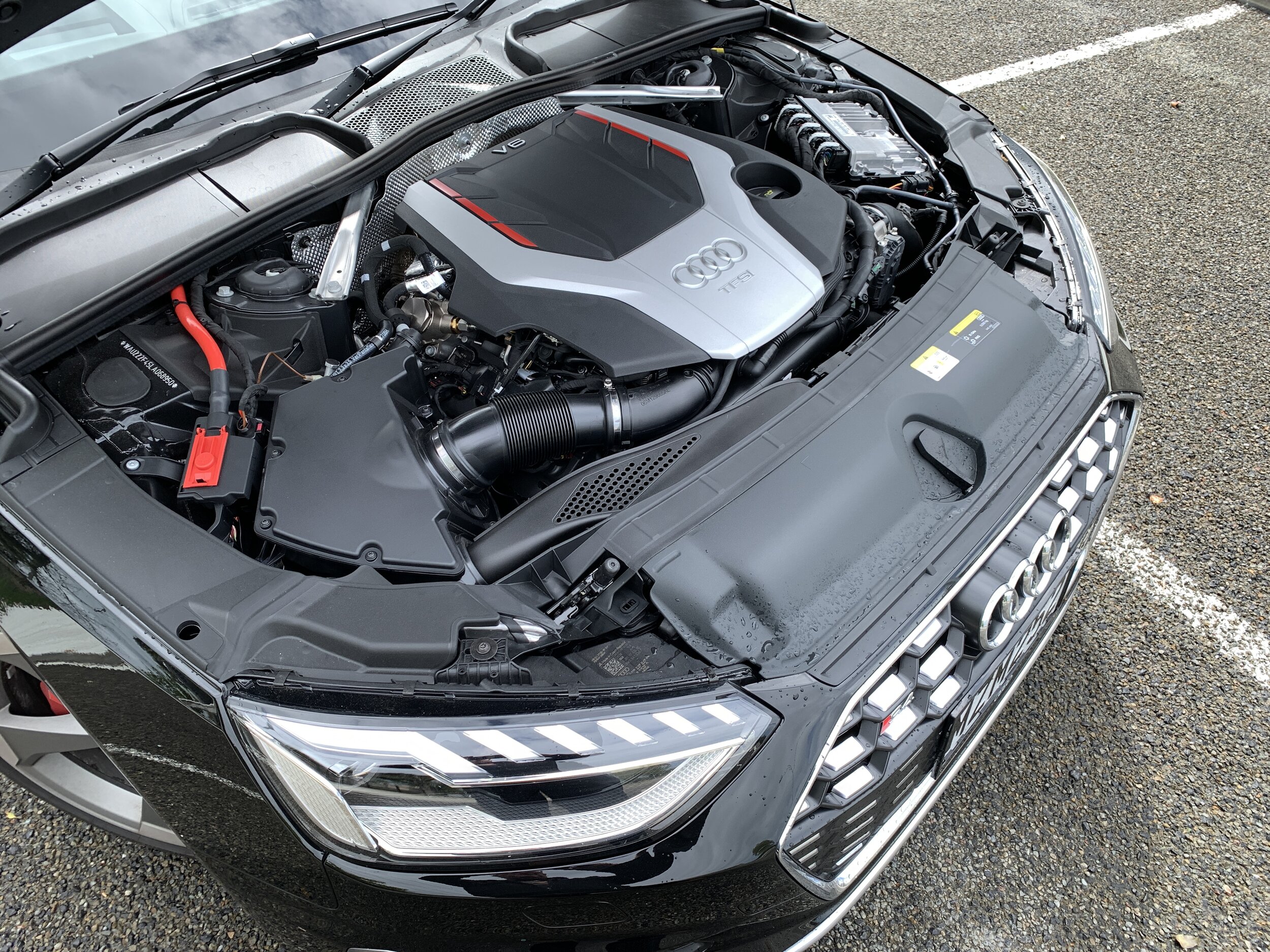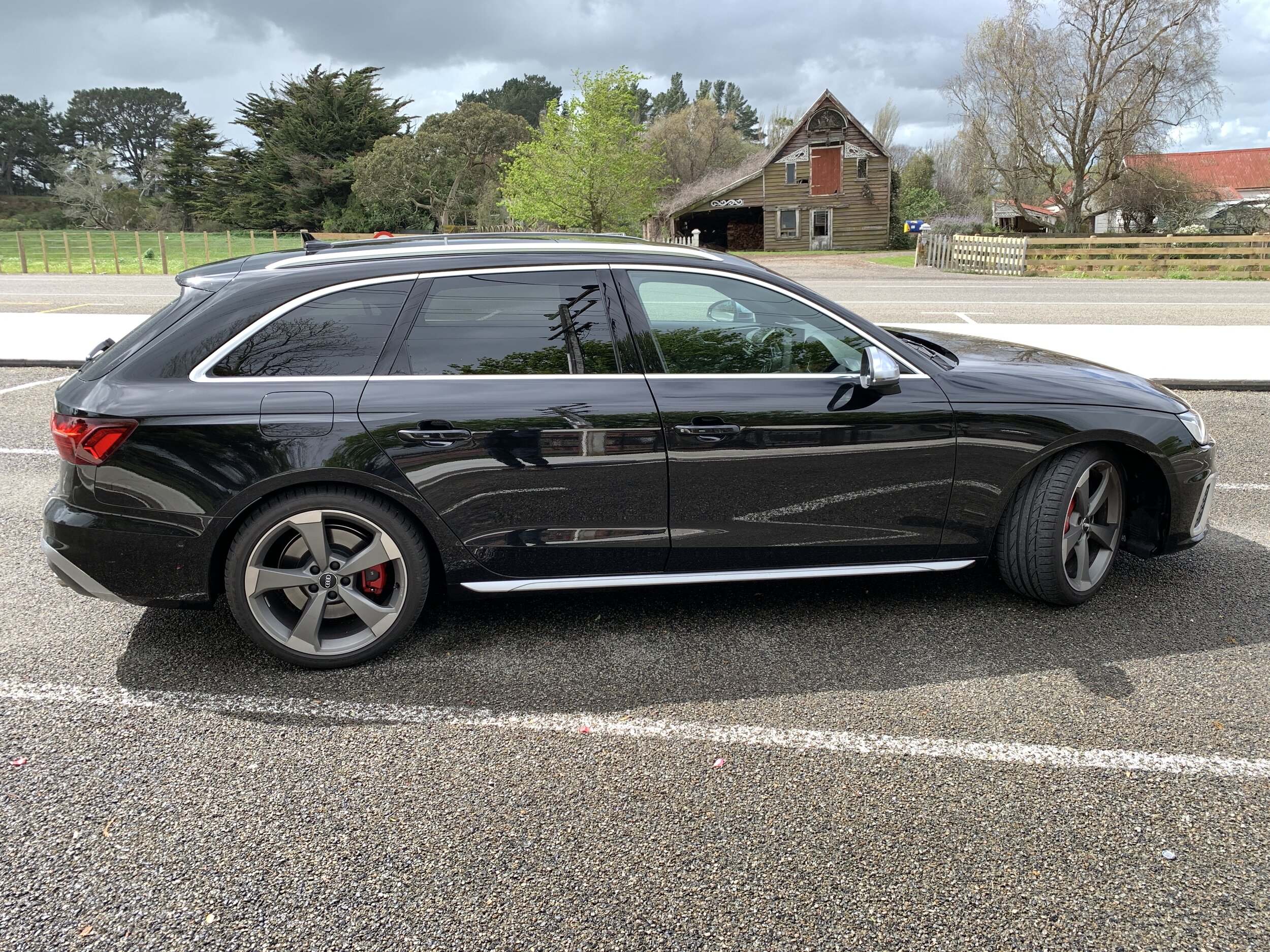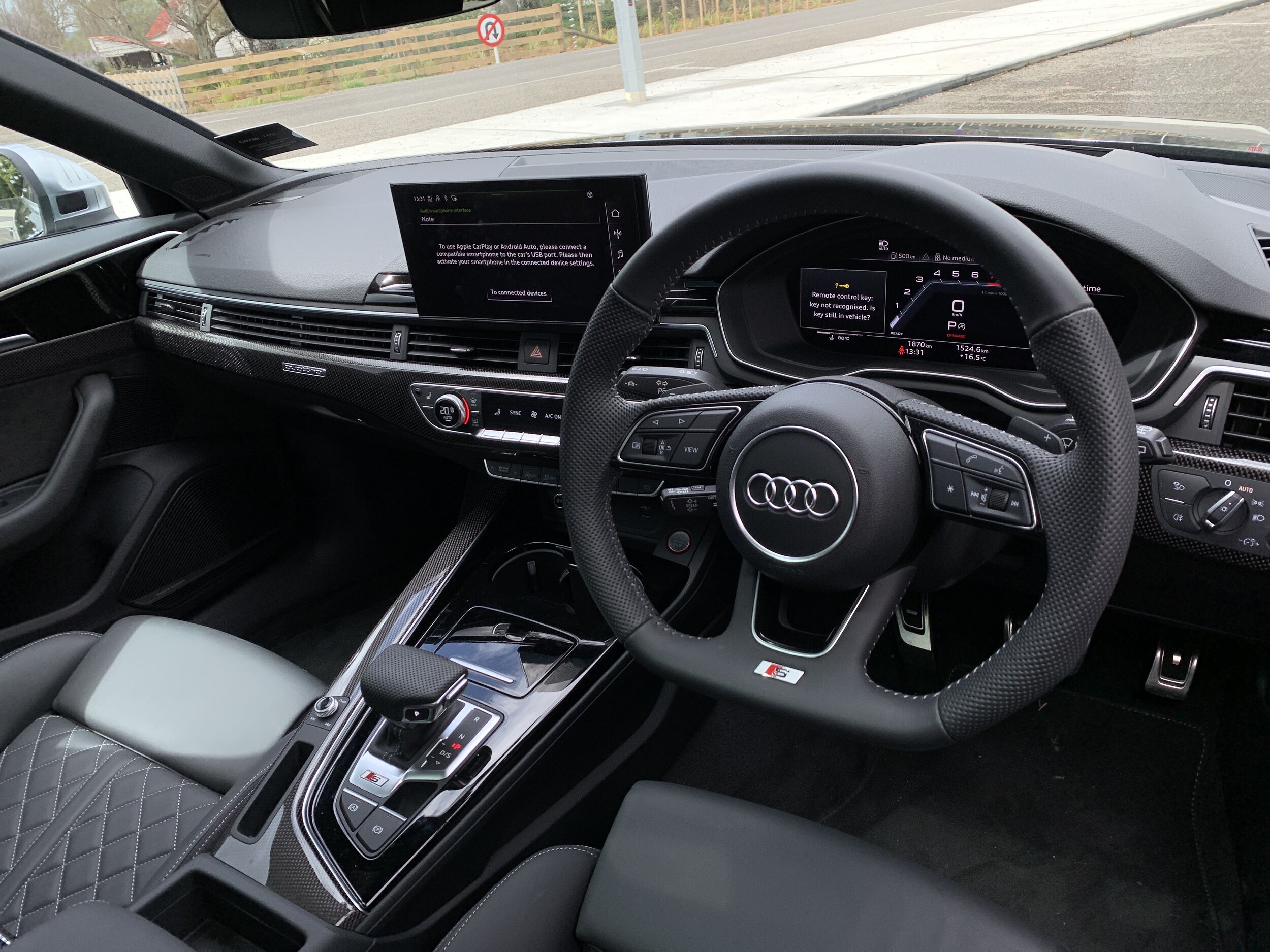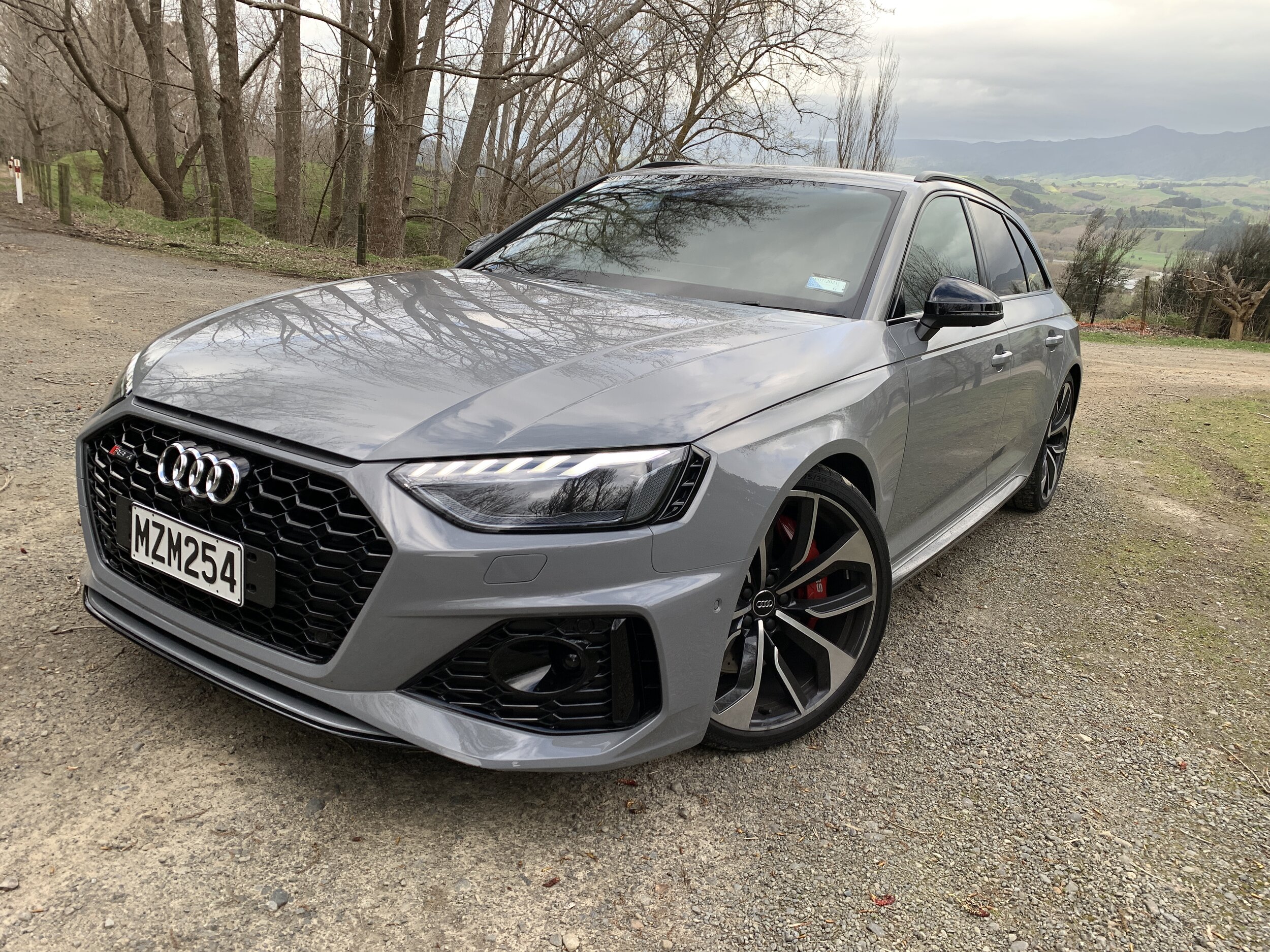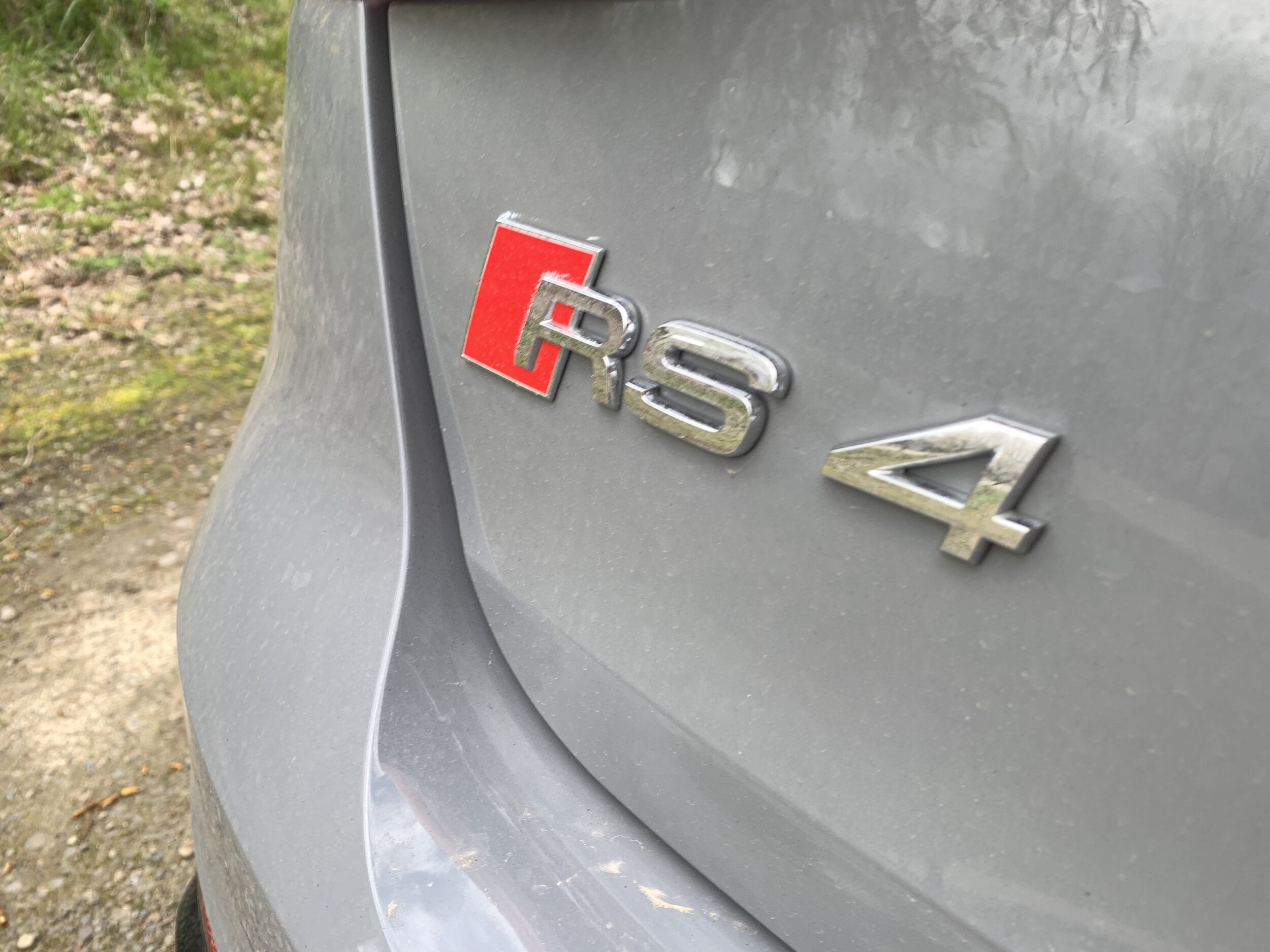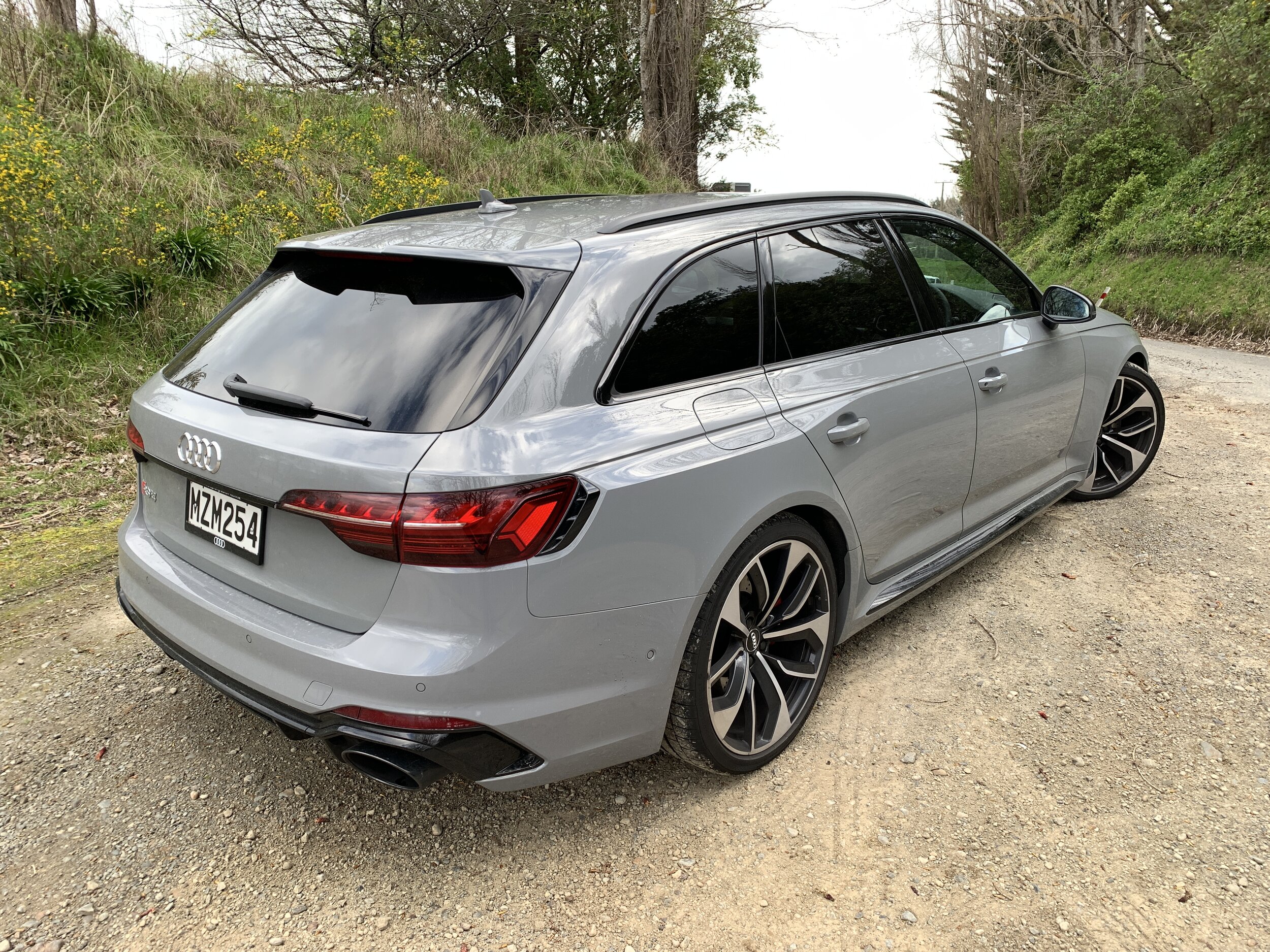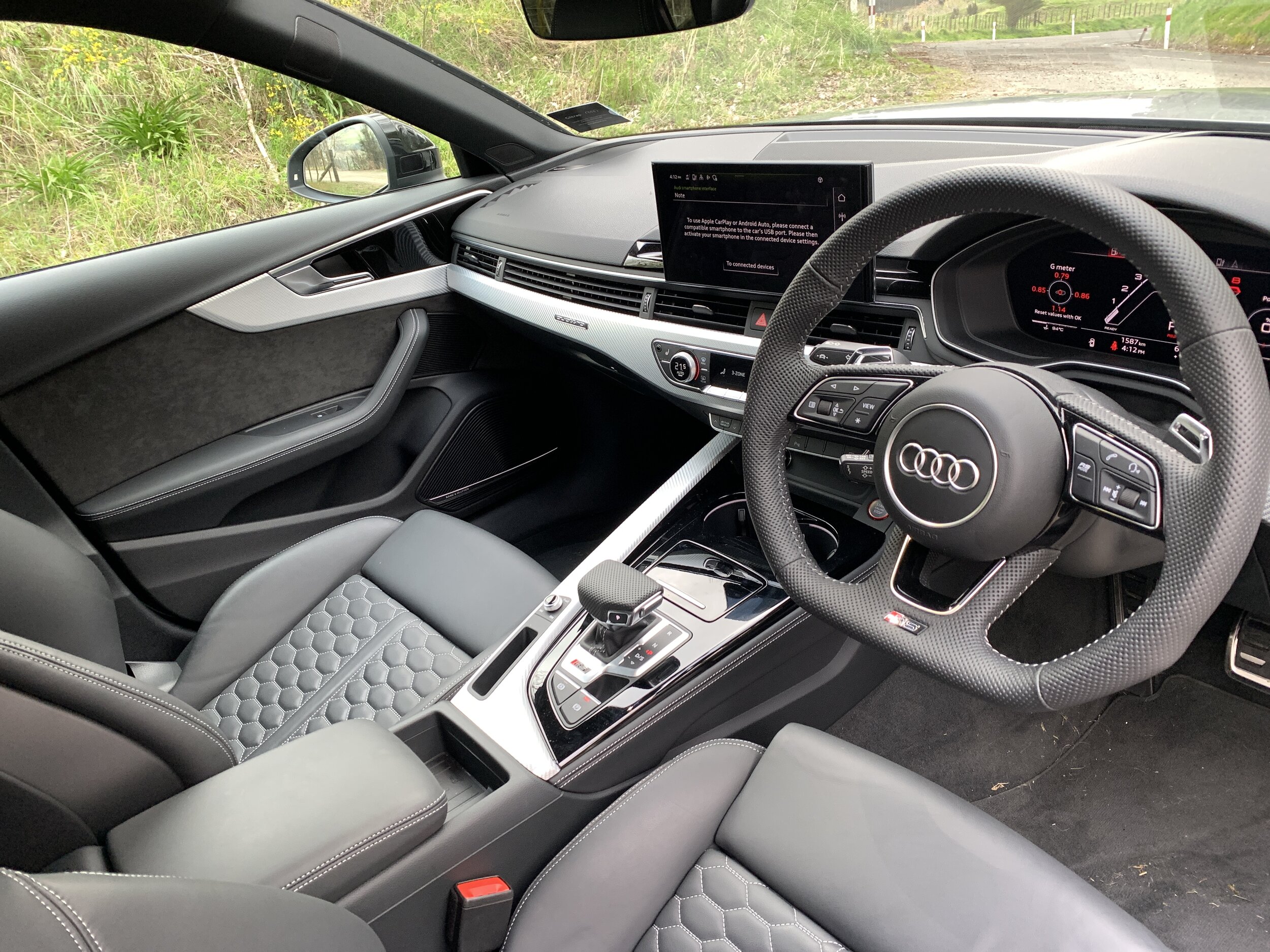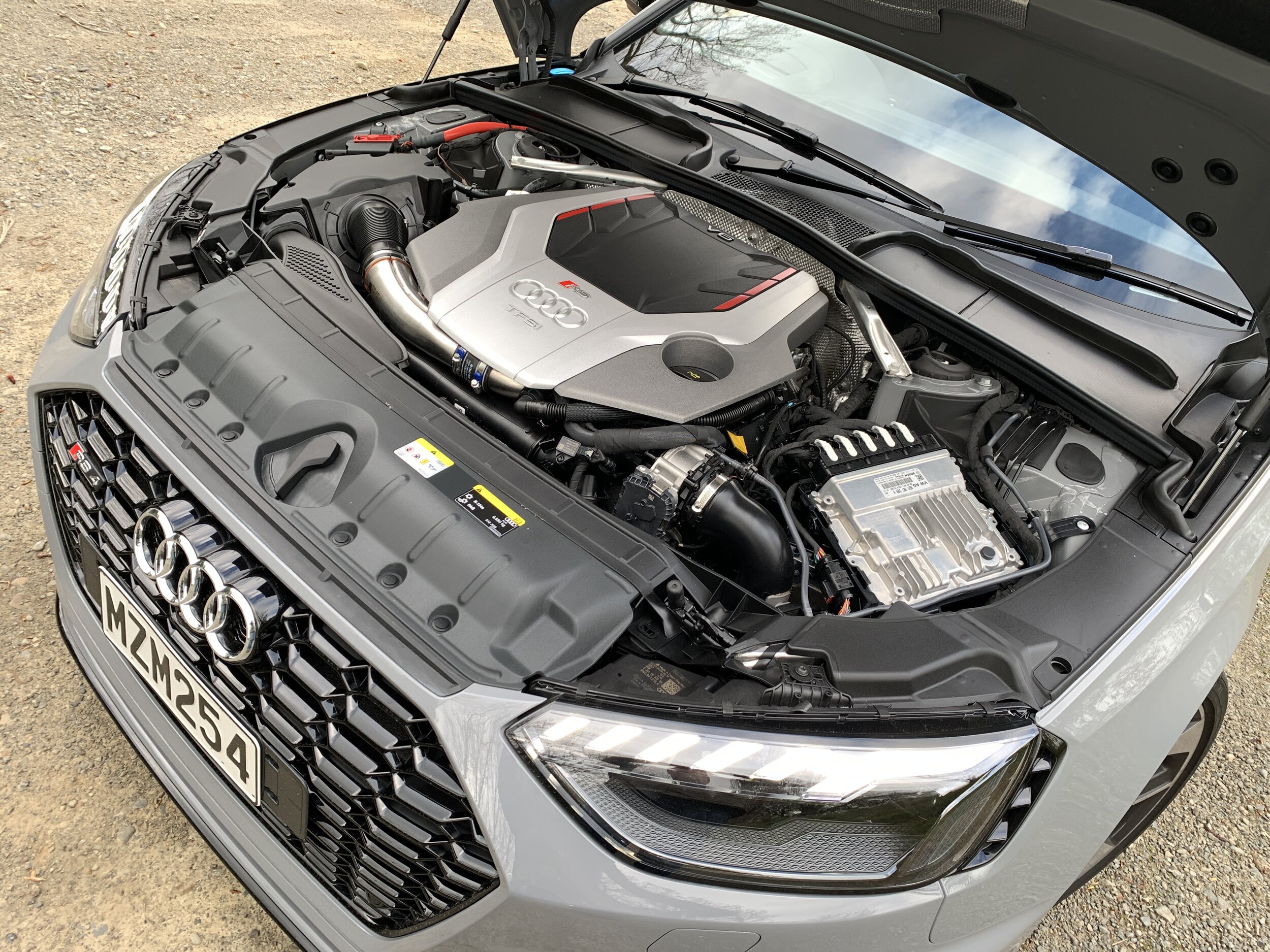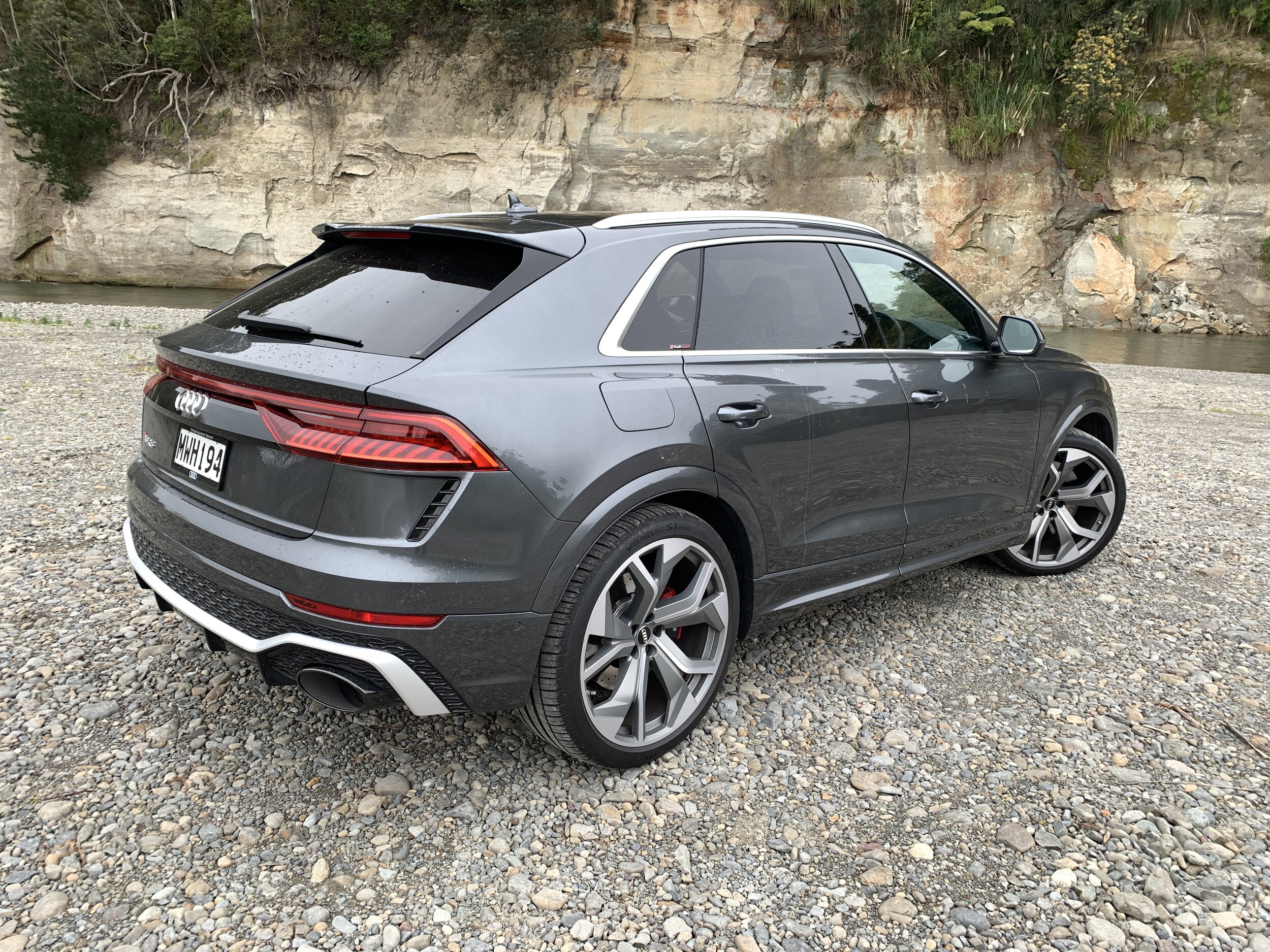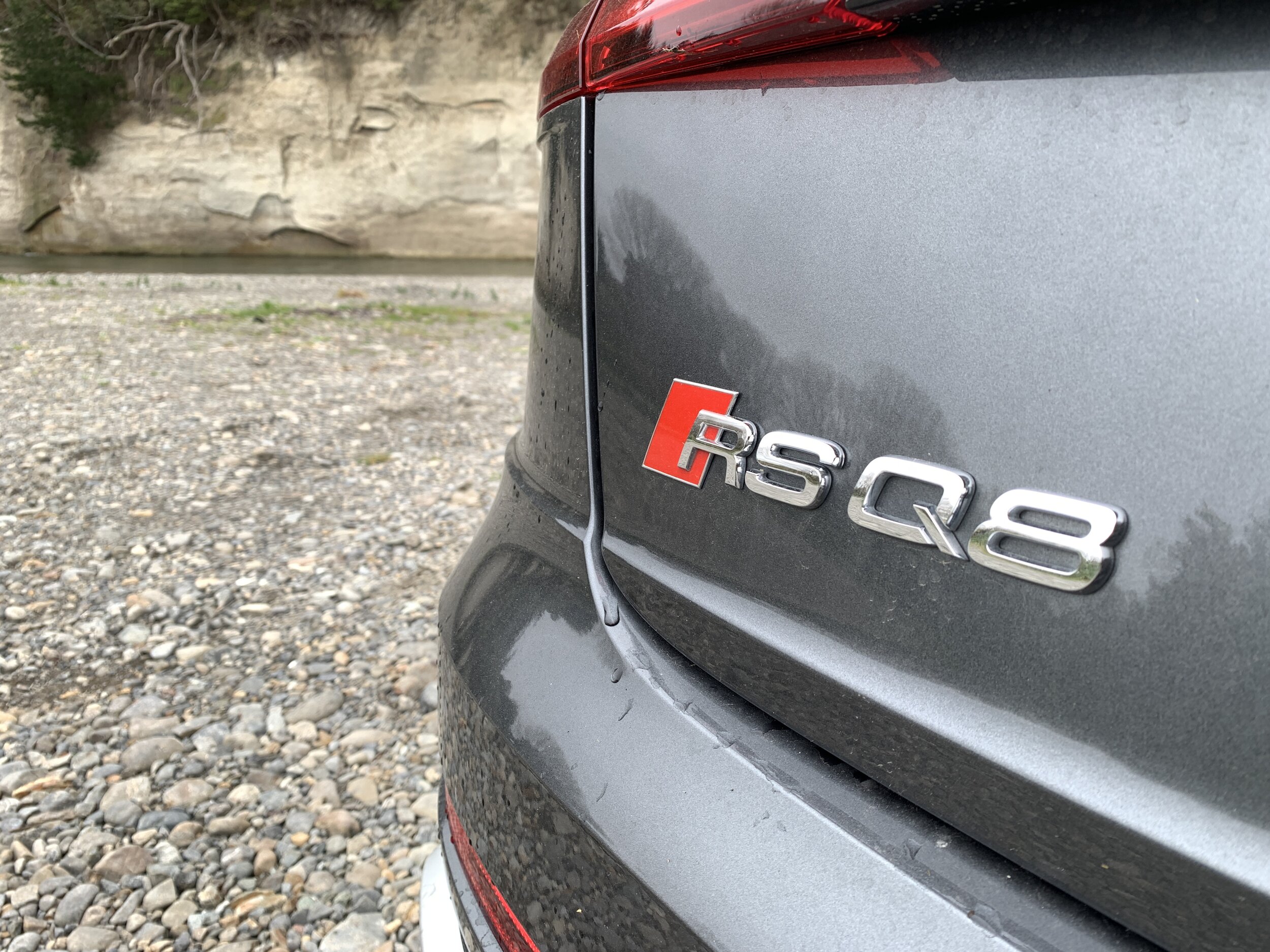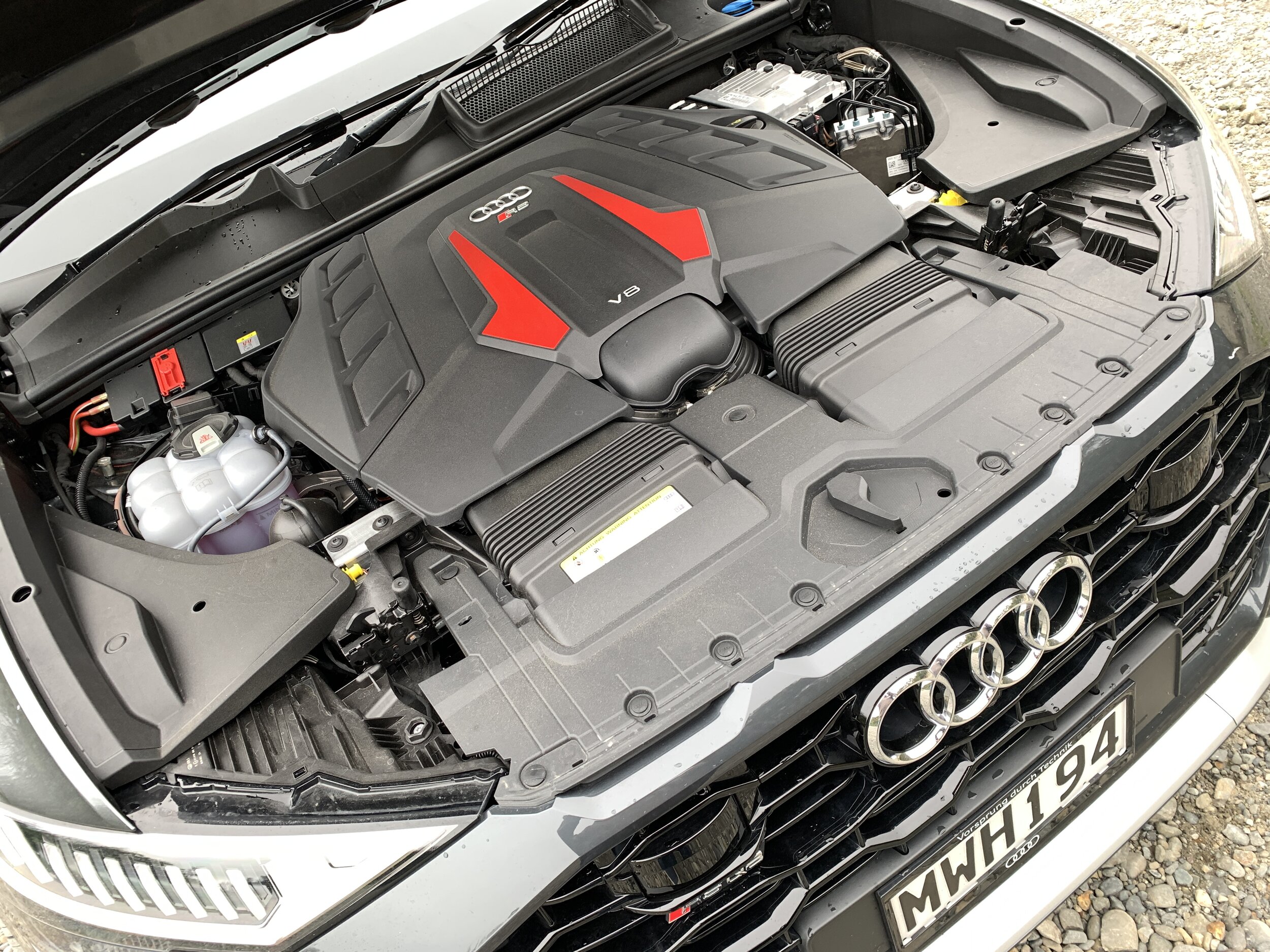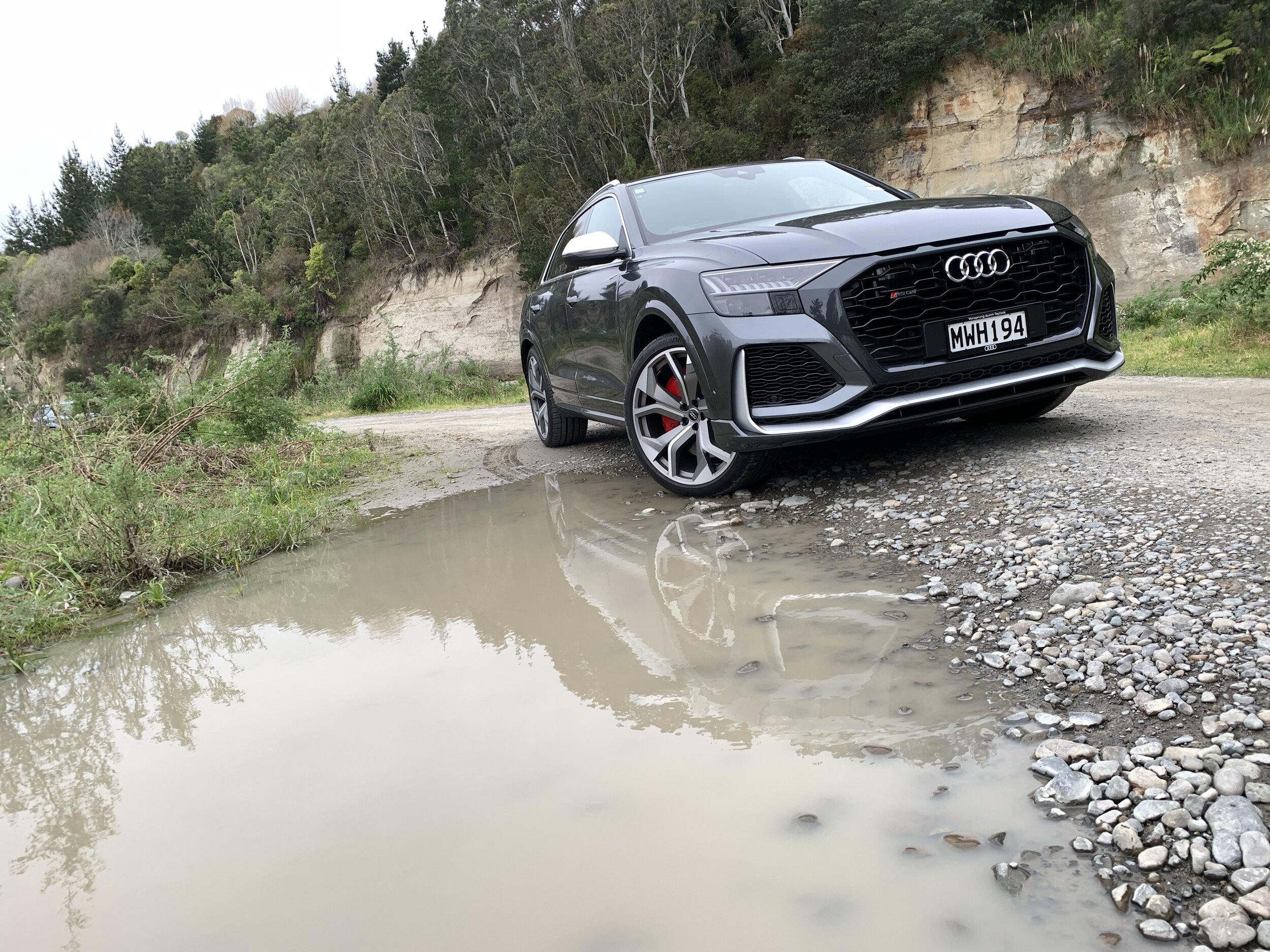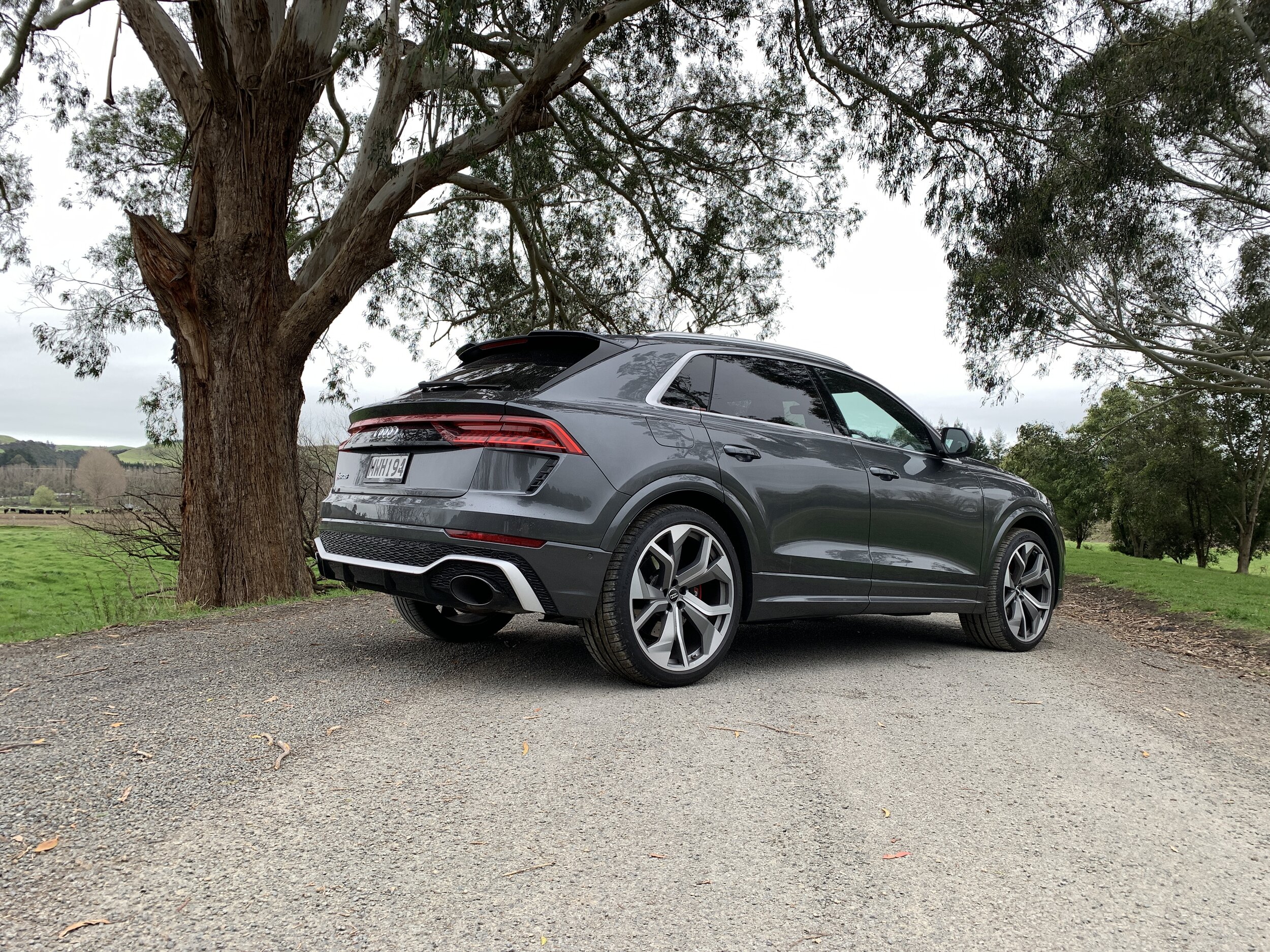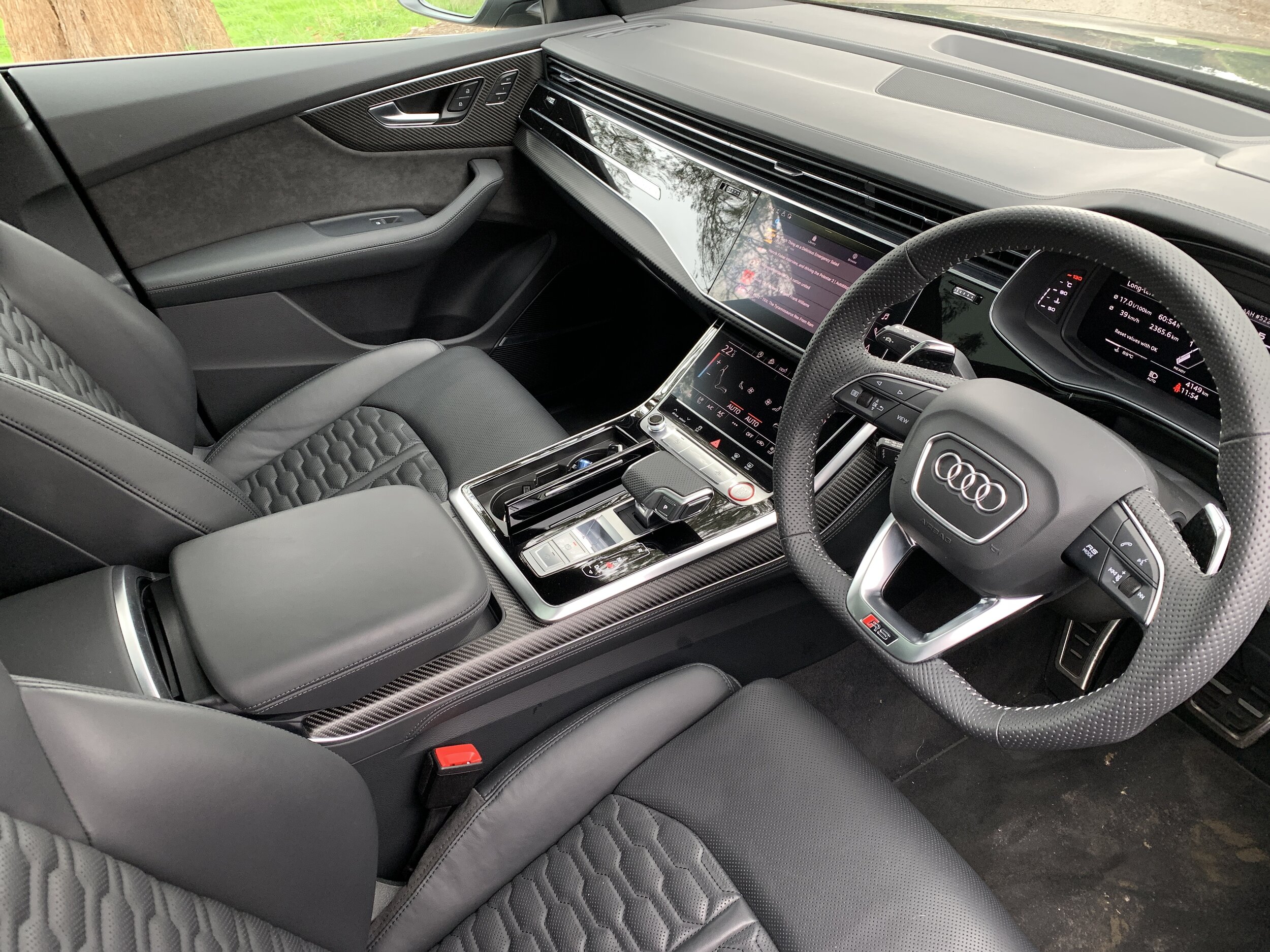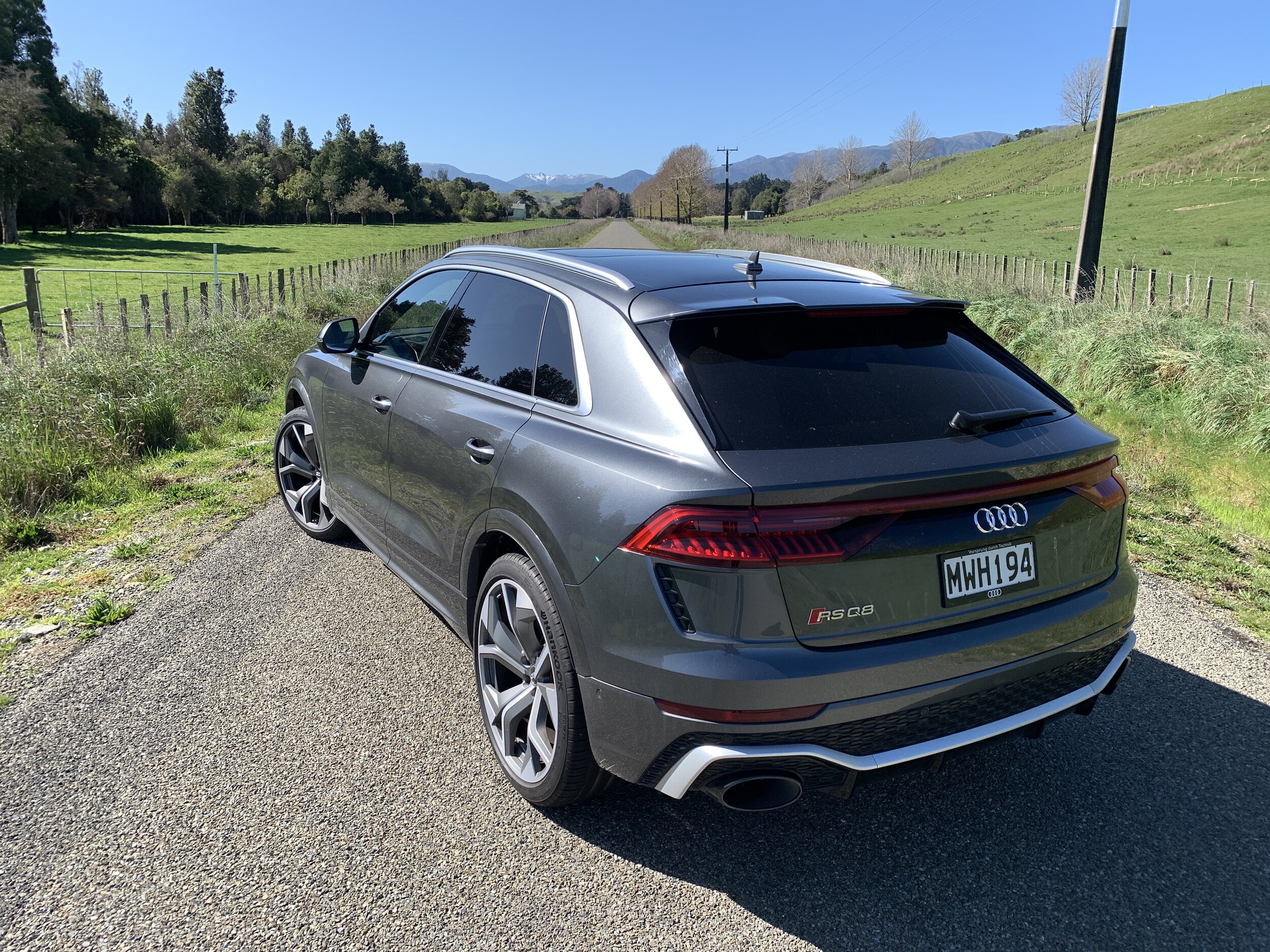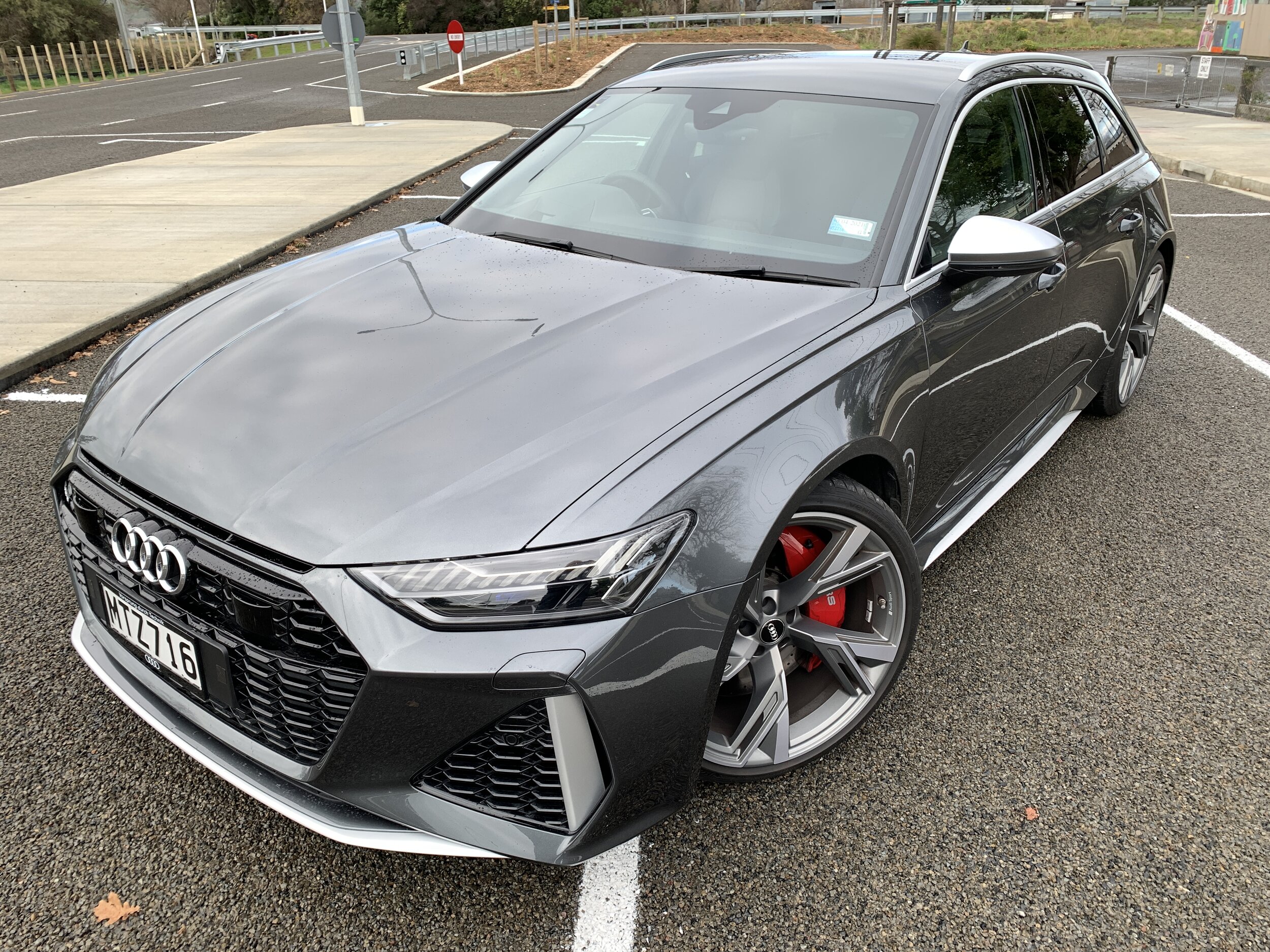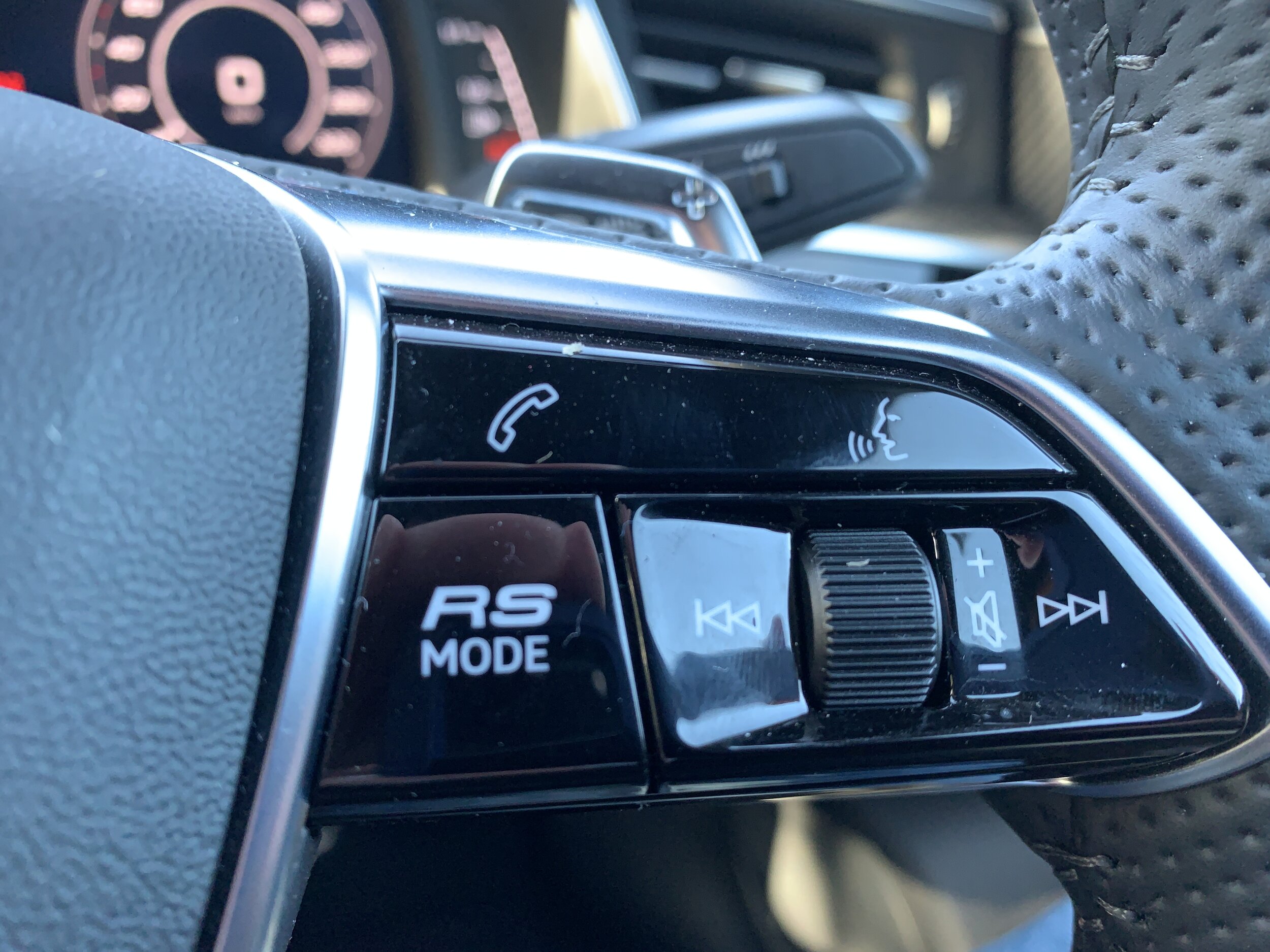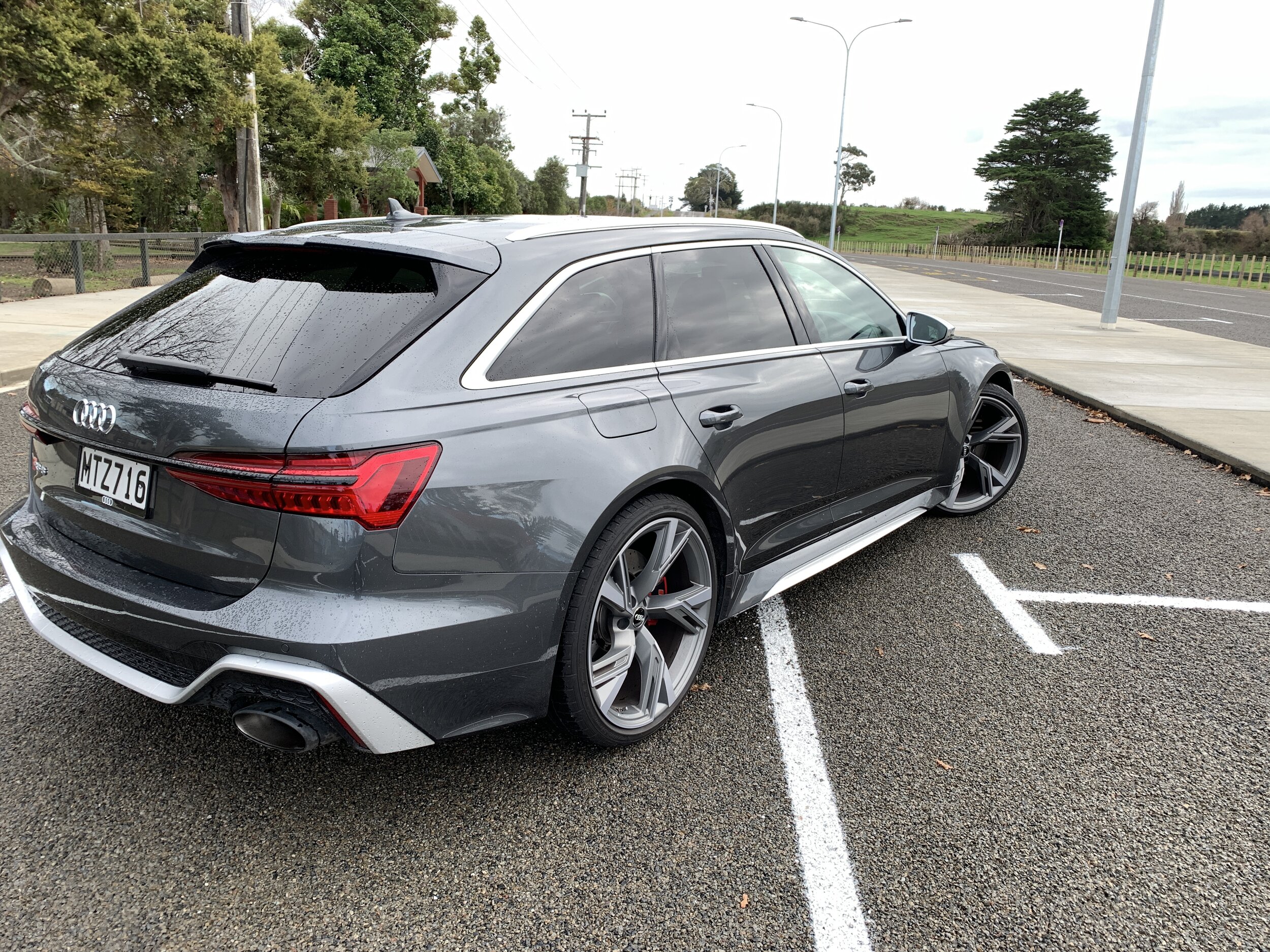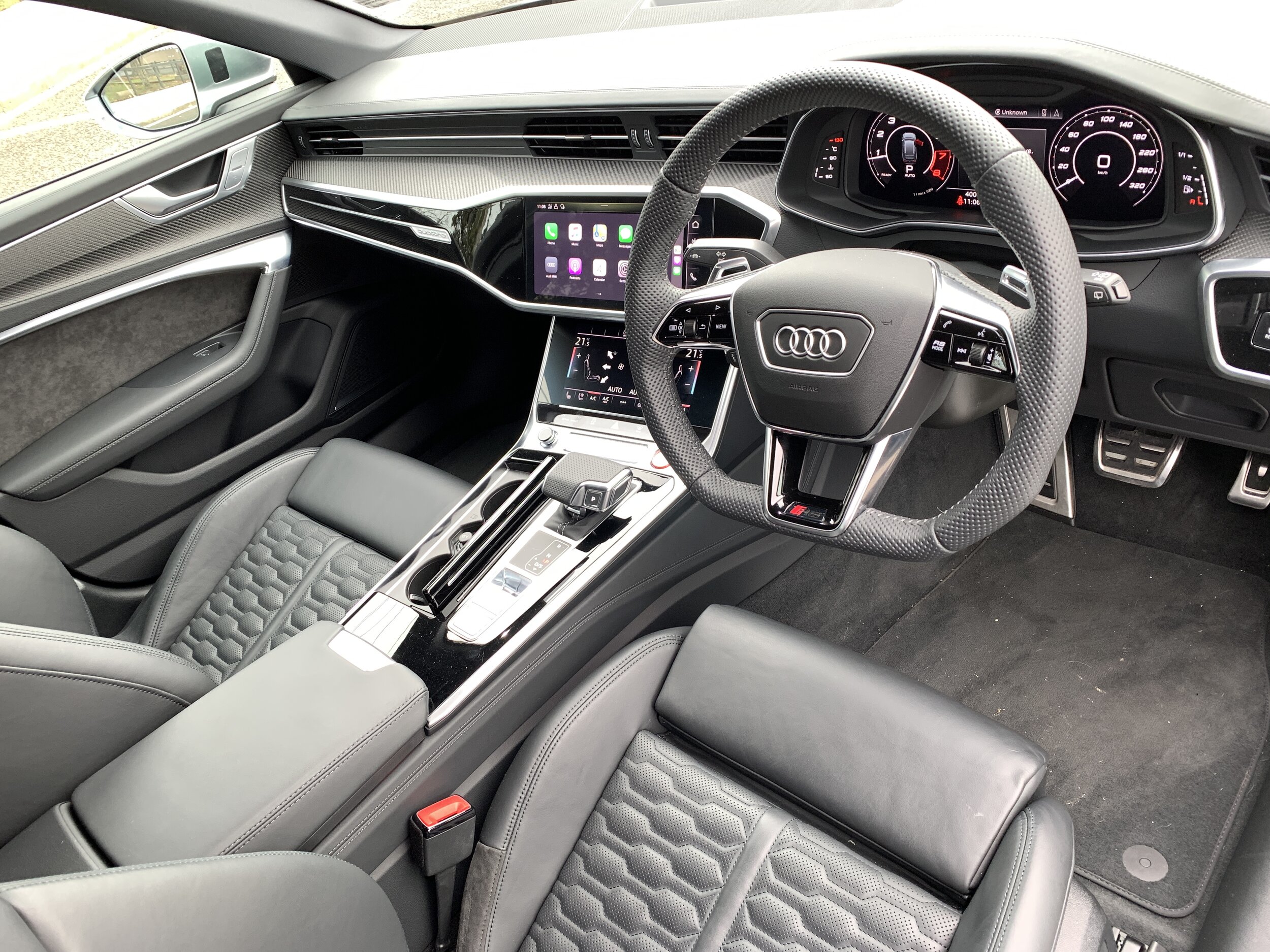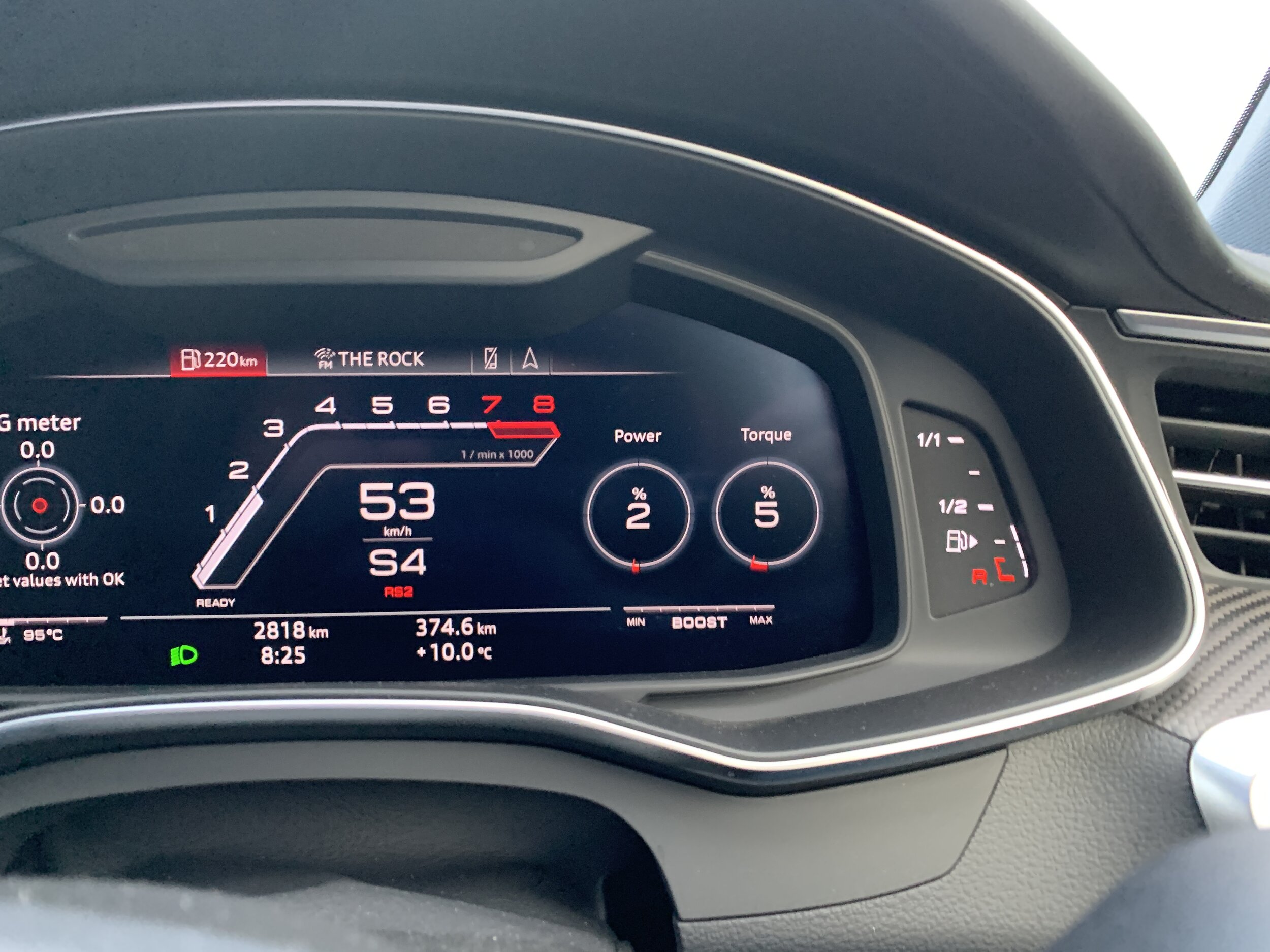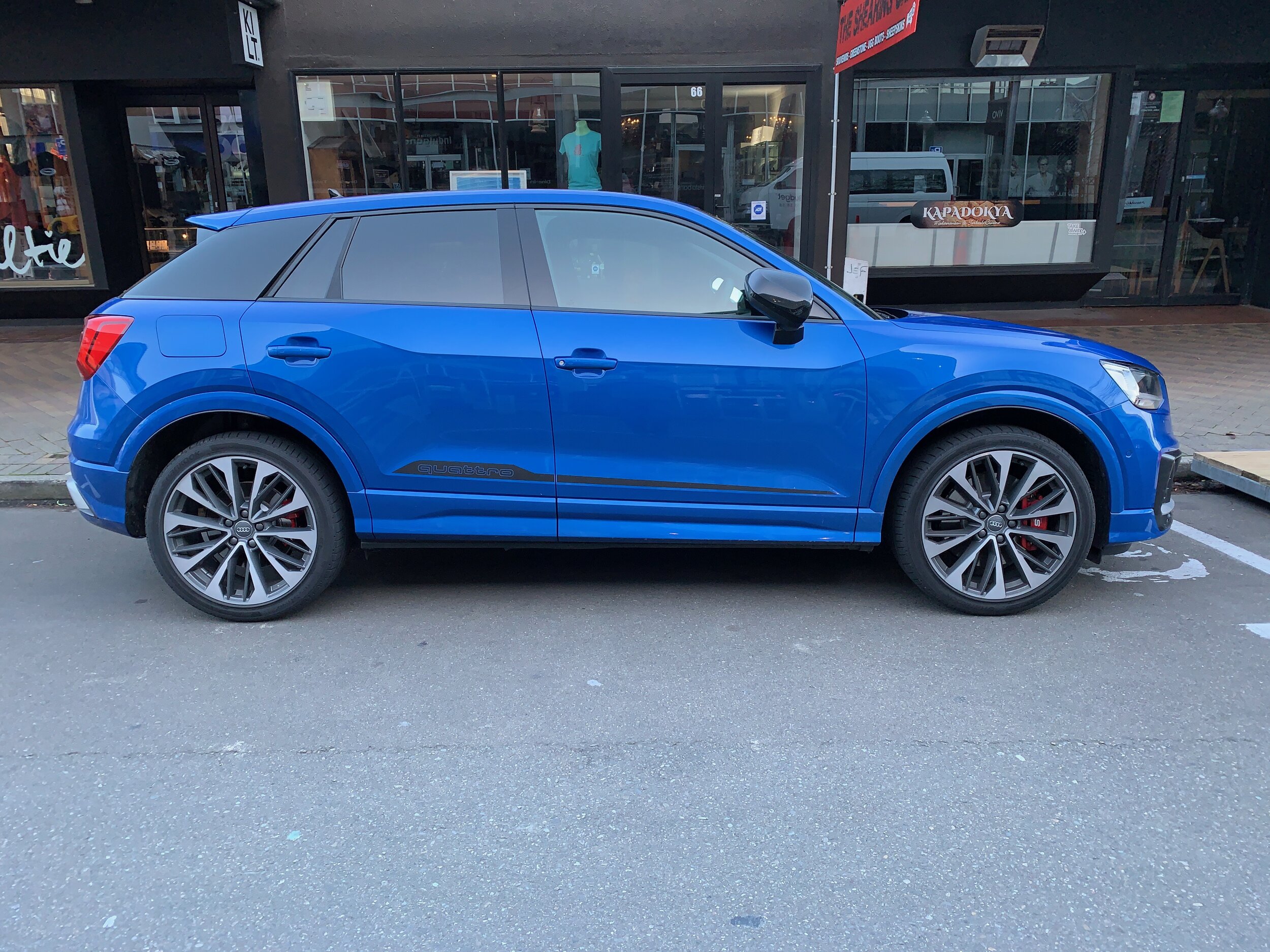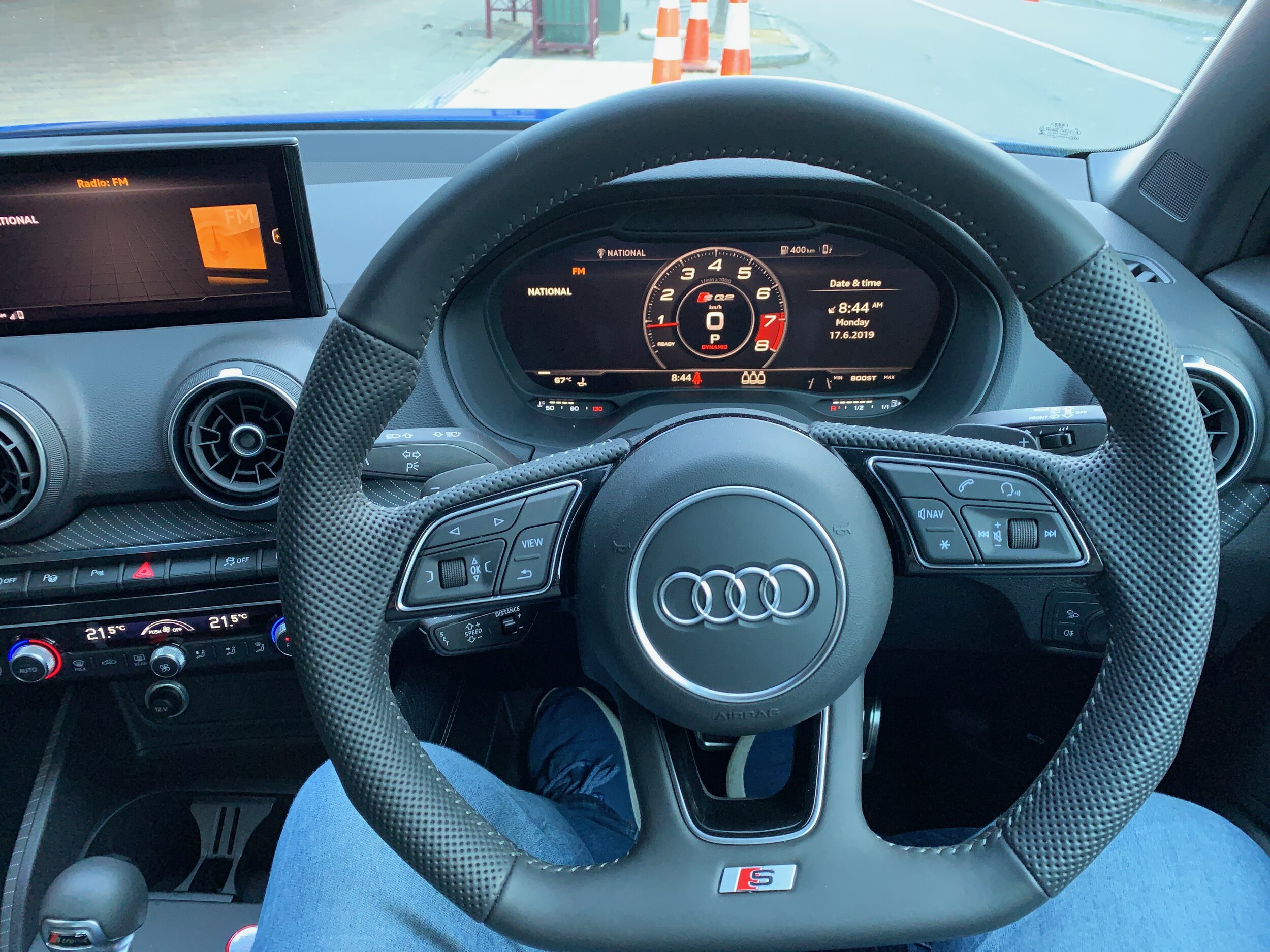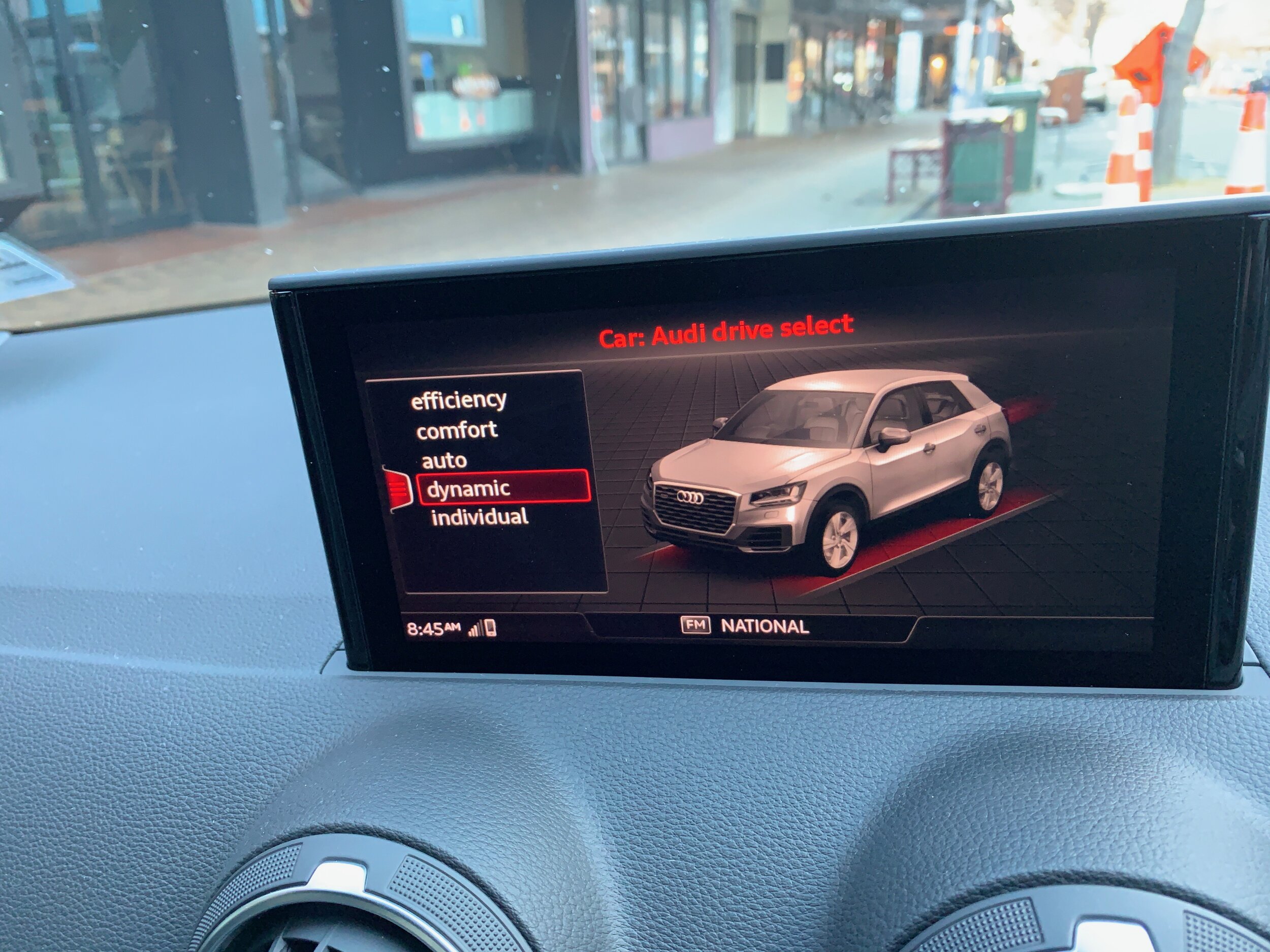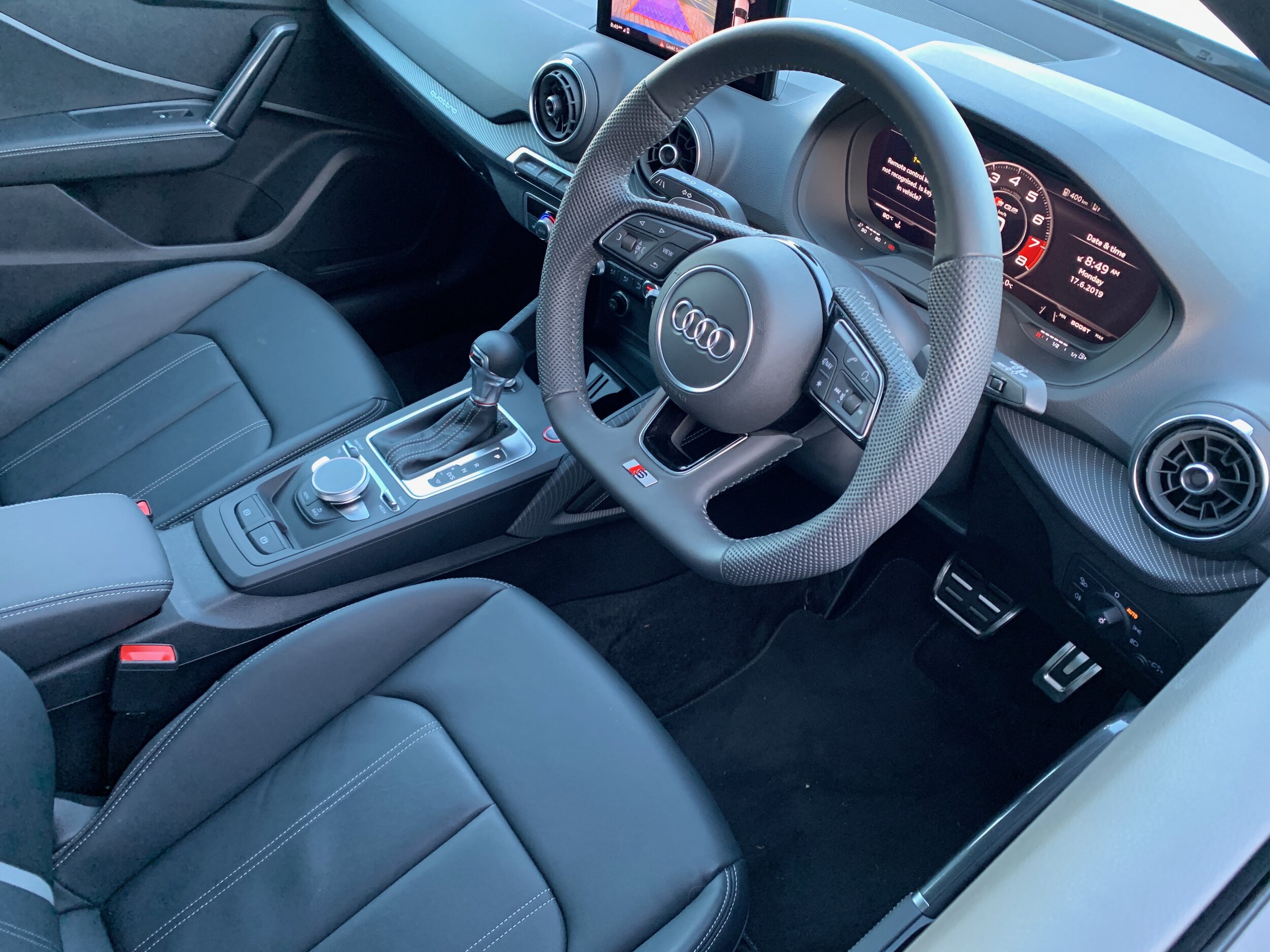Audi E-Tron 50 Advanced, e-Tron Sportback 55 S Line: Down to Earth, out of this world
/
Two additions to this electric SUV line reinforce why this tech can work for those who care to give it a go.
E-Tron 50 Advanced (above) and Sportback 55 S Line differ considerably in styling, specification and price, but both do an equally strong job of convincing why electric can work.
Price: $119,500; $169,900.
Powertrain and economy: Two electric motors, 71kWh/91kWh battery pack, 230kW/540Nm; 300kW/561Nm (600Nm under boost), Single-speed transmission, 4WD.
Vital statistics: 4901mm long, 1935mm wide, 1616mm high, 2928mm wheelbase, luggage capacity 660 litres, 21-inch alloy wheels.
We like: Refinement, efficiency, ride comfort, quality build and design.
We don't like: Charging port would be better located in the nose; no superfast DC chargers where I live; hearing all those ‘glorified golf cart’ jokes.
THIS time last year, the Audi e-Tron was an ‘it’ – now it’s a ‘they’ and the three around at the moment will, by this time next year, be joined by two more.
Still think electric cars are on the fringe? Low penetration in this country is no accurate barometer; almost all mainstream car brands we get to experience are plugging in, as are entire countries.
The United Kingdom made headlines with intent to ban sale of new fossil fuelled cars and vans from 2030, but it’s just following a Scandinavian trend. America’s giant car makers have signalled commitment to an electric future. China is already the world’s largest producer and customer for battery cars, with more growth ahead, and even with coronavirus, forecasters remain confident the market will be worth more than $900 billion by 2025.
Hearing Audi NZ boss Dean Sheed recently express conviction that electric fare will account for 20 percent of his national volume in 2021 seems brave, but if anyone knows this market it’s him.
On that note, it’s good to see Government – which already has some e-Trons – is now pushing EV and hybrid adoption in its departmental fleets. Few countries are better positioned than ours to plug in to this tech. Almost all our electricity is from renewable sources.
Who knew, right? That’s the problem: Too few Kiwis are investing any level of interest. Our problem is a sheltered attitude; it’s hard to feel concern over Green issues, pollution and raising CO2 levels when you live in comfortable conditions. If only the rest of the world had it so easy.
We still fret over range, cost and charging infrastructure; we’ve become deluded into imagining used and parallel import cars are a better choice; we still imagine EV choice contains to used import Nissan Leafs and new Teslas. We want to wait until Government provisions a subsidy. We’ve become riled by the dark side of battery-making, though that angst is not unjustified, let’s best remember oil production doesn’t occur without environmental harm either, and so much more cobalt and lithium has already gone into cellphones and laptops.
Yes, there’s a dark side: Making EVs generates high levels of greenhouse gas emissions, mainly because of the battery packs and other environmentally expensive materials, yet the environmental impacts are consistently being improved. Just recently, one German make (not Audi) announced intent to reduce its production line CO2 emissions by 80 percent by 2030.
In any event, for all the issues, change has to happen. While we don’t have to abdicate fossil fuel reliance right now, or even for years to come, making time to get to know and understand the new way is no bad idea, either.
On that point … deep breath, calm down fella … back to the e-Tron. What started out just a year ago as a single medium-large sports utility wagon (yes, I know about the preceding A3-based hybrid ‘e-tron’ that debuted this name, but for sake of argument let’s ignore it) called the ‘55’ is now bookended by a ‘50’ wagon lookalike that sits lowest in the price chain and a Sportback with a racier-looking body that places as the new pinnacle. Temporarily. It’ll be pushed down the pegging by next year’s performance-themed S and RS models.
Everything here now relates at base level: All SUV-style five seaters with towing and even off-road ability; a common platform, common battery tech, same core styling, the same all-wheel drive with an electric motor for each axle. All chasing the same tech-savvy customer.
Spend up, spend down. The latter appeal comes with the ‘50’, though ‘just’ $119,000 is still a decent sum, it’s $30k lower than a ‘55’ has been and, while the flavour is less intense, you still get the right taste.
There’s a little less plush – but not too much; a lower grade of leather, a couple of fewer comfort functions and some haptic controls become push buttons here – but mainly the savings are the drivetrain tech being detuned a bit.
The Sportback is at the other extremis; it is effectively a coupe-bodied alternate to the highest priced e-Tron wagon, the $155k ‘Advanced’, with specifications and comforts mirrored, but an $11k premium. It’s a Grand Tourer, with extra flair, yet hardly a show pony.
Audi quotes 0-100kmh in 5.7 seconds in Sport mode (power boosted to 300kW), dropping back to 6.6s in 265kW Normal, there are extra drive modes to enhance the dynamics and the 21-inch alloys are shod with 265/45 PremiumContact6 rubber. All of which contribute to it feeling sharper and quicker-witted on the road than the e-Tron wagons.
The ‘50’ is more relaxed and almost 2s slower in the 0-100kmh race, but no surprise there; the usual 91kWh powertrain being usurped by a 71kWh unit adds up (or down?) to 14 percent less power (230kW versus 265kW), four percent less torque (540Nm versus 561Nm). It charges eight percent slower (120kW versus 150kW) and delivers a lower range.
In that respect, the official optimals of 347kms’ versus 446km are very much ‘perfect condition’ figures. From this experience, the ‘50’ is more like a 290-310kms performer and the Sportback gives 370-390kms. Climatic condition can hit; a lot more depends on driving style. Leadfooting is as damaging here as with fossil-fuelled vehicles.
In absolute dimension e-Trons sit between Audi’s Q5 and Q8, yet slip inside and you’d imagine they’re larger still. Sure, the Sportback’s sweeping roofline erodes the wagon format’s generous rear headroom and boot capacity, and you sit a little higher than in a regular SUV due to the cabin being atop a foundation layer of battery, yet not having an engine, driveshafts and all the guff means the interiors are surprisingly spacious and considerably less cluttered than in a Q car.
The lack of a transmission tunnel allows Audi to implement a large multi-purpose storage area, complete with a smartly designed sideways-facing wireless charger and covered cubby with flip-out cupholders, between the front chairs.
Aside from that, and an interesting sliding drive selector, each feels much like an Audi Q7 in terms of comforts, ergonomic approach and general design. Lots of screens, near-perfect build quality. A good place to be.
In either boot space is excellent, with up to 615 litres in play with all seats in use, and a further 60 litres up front in the 'frunk'. There's also another clever storage tub under the boot floor.
About replenishing: Few topics are as - if you'll pardon the pun – as highly-charged, right? It’s true, EV life demands a new approach: There’s no splash and dash at the pumps with electrics and battery size also influences (the 50’s draw rate is slower than the Sportback’s).
The ChargeNet franchise that Audi partners with has 144 DC rapid charging stations in the North Island and a further 65 in the South, plus at least 300 AC charge points nationally; an infrastructure so robust that, generally speaking if you’re running an electric car with 250kms’ range or better, then all real and perceived anxieties and challenges are by and large addressed. Yet in my area there’s generally only one ChargeNet unit per town. Even though you rarely have to wait, it doesn’t feel enough.
If ownership is considered, get a three-phase wall box for overnight charging and try to graze at the public options when necessary. Overnight charging also allows opportunity to fully recharge to 100 percent; in the public arena it’s better to stop at 80 percent for two reasons. First, the rate of charge over that last portion to ‘full’ slows significantly to protect the cells from the high temperatures involved in such high electrical currents. Also, it’s apparently not cool etiquette to do the 100 percent thing on a ChargeNet site; I encountered another EV driver trying (unsuccessfully) to unplug the Sportback over this point.
Moving on. Or more accurately, moving off. Cars are cars are cars, but EVs are quite different right from start up (which you don’t hear) and step-off, which just a matter of slotting into Drive.
What really impresses about the e-Trons is how they impart as real cars, with a feel that’s typical Audi, actually. Not hugely driver-oriented, but solid on the road, well-balanced and secure and effortless in their performance. Yet, they feel like cars.
Different? Sure, but it’s a good kind of different. Largely silent running, instant torque, the regenerative braking, the sense of everything being more relaxed – these are such intrinsic character differences with fossil-fuelled cars. That and the lack of a soundtrack.
Yes, I know what you’re going to say: We’re used to sound equating to sense of ‘soul’. Audi is a brand born in noise - When it, Horch, DKW, and Wanderer brought the four-rings motif into life through forming their Auto Union, an early act was to start a racing team that begat the world's first rear-engined racing car, the staggering V16 Type-C.
All the same, I can’t see the e-Trons as being traitors to that history. If anything, these cars being uncannily noiseless is actually a plus. The ‘50’ is particularly good at this; if the road is smooth enough, you can hear the birds chirping while driving. With the windows up.
Without an engine to infiltrate, you don’t find it necessary to run the stereo loud, can talk on the phone (via CarPlay, of course) in conversational tone and get hooked on the air con fan being too loud. (on that note, you also discover the air con takes more time to get to temp without an engine involved).
Do EVs make for safer driving? Running on batteries is calmer, more peaceful, less stressful, more thought-provoking. You certainly find yourself thinking more about space management, your surroundings, what’s ahead, particularly if achieving best efficiency becomes important.
As but one example, when approaching traffic lights, I became rather fixated on how to best to glide to the perfect stop. Get it right and the regenerative brakes allow you to pilot it almost on the accelerator alone. There’s no stop-start, of course, you just sit in silence, waiting to schmooze off again. The operability couldn’t be more different to a fossil fuelled experience, but it reminds why electric assimilates so easily into urban driving, even if cars of this size really are too large to be considered truly city-friendly.
On the open road, they’re defiantly imperious cruisers. Electric cars are heavy and these clock the scales at around 2.6 tonnes. They feel weighty. But not weighed down. The benefit of all that mass is that these are the most comfortable cars to come out of Audi in a generation. That side of thing really plays out positively when you simply have to go with the flow. As much as the demeanour isn’t overly dextrous, pretty patently when you push the limits, they do a good job of wafting along.
Acceleration-wise, you do notice the mass of both initially from a standing start, but once you're past 40km/h, the Sportback in particular is not at all lacking. And that’s before you tap the drive selector back once into 'S' mode. That enables 'Boost' mode, which gives you access to extra torque for eight-second stints. It’s not Tesla-beating, but still seems naughtily berserk. As with pretty much all EVs, that performance tails off as you reach higher cruising speeds, but the coupe in particular does a good job of keeping the propulsion going.
Either way, you can rely on a very efficient quattro system. How they’ve achieved calibrating the twin motors to emulate a 'virtual' all-wheel-drive system is the work of genius; but it’s fantastic. Audi’s confidence about how this system can augment itself faster than any mechanical set-up is supported when you drive these cars on gravel; the cited reaction time of just 30 milliseconds means you cannot outwit it.
Good, too, are the brakes, which deftly judge the changeover from regenerative braking (where the electric motors slow you down, recovering otherwise lost energy for the batteries as they do so) to mechanical, friction brakes. That regenerative effort is helpful, especially around town, for keeping your battery from depleting too quickly.
Convinced? Well, chances are the answer will be ‘no’; no matter how good electrics are – and these are pretty good – it’s just really hard to break our addiction to fossil fuels. I have yet to do it. And yet, it’s cars like these that make me think more positively about why I should.











